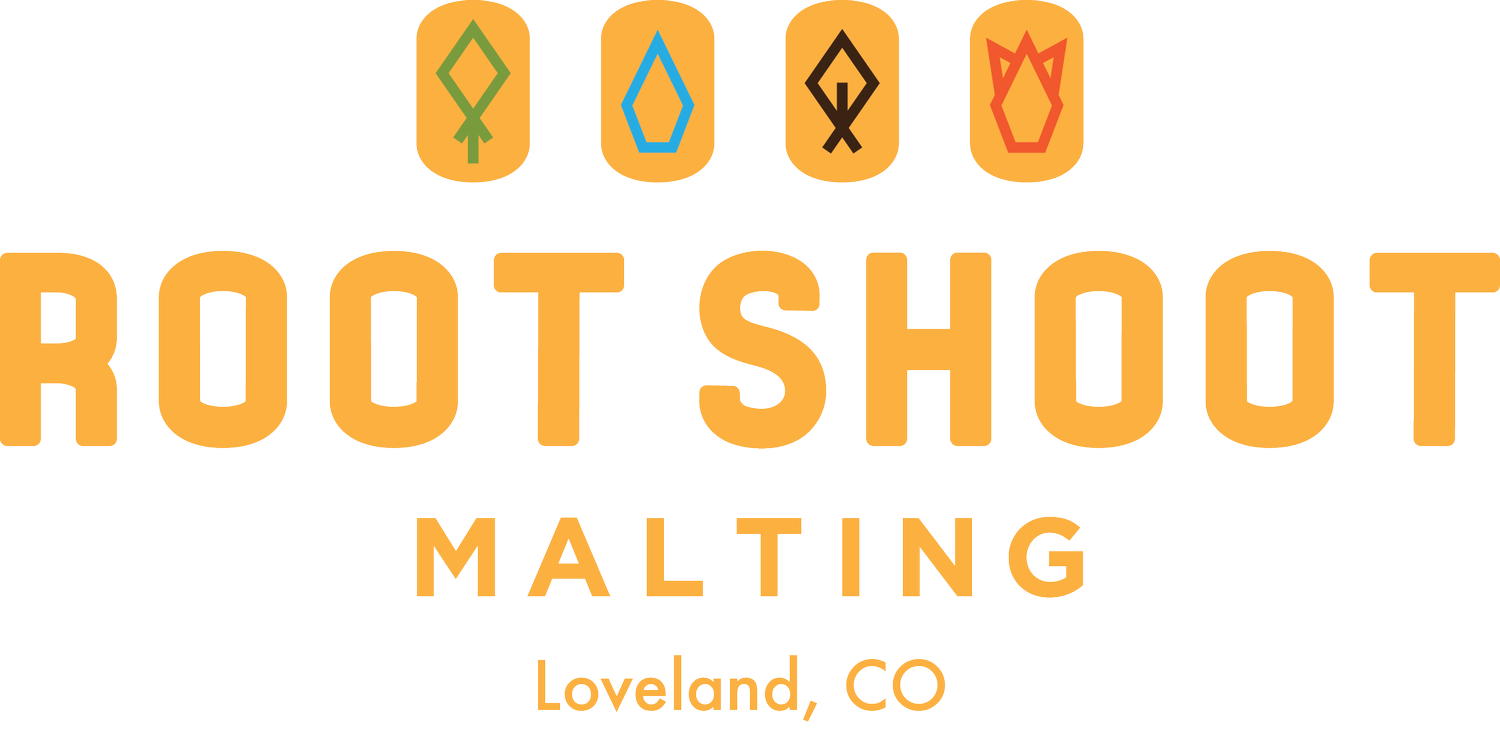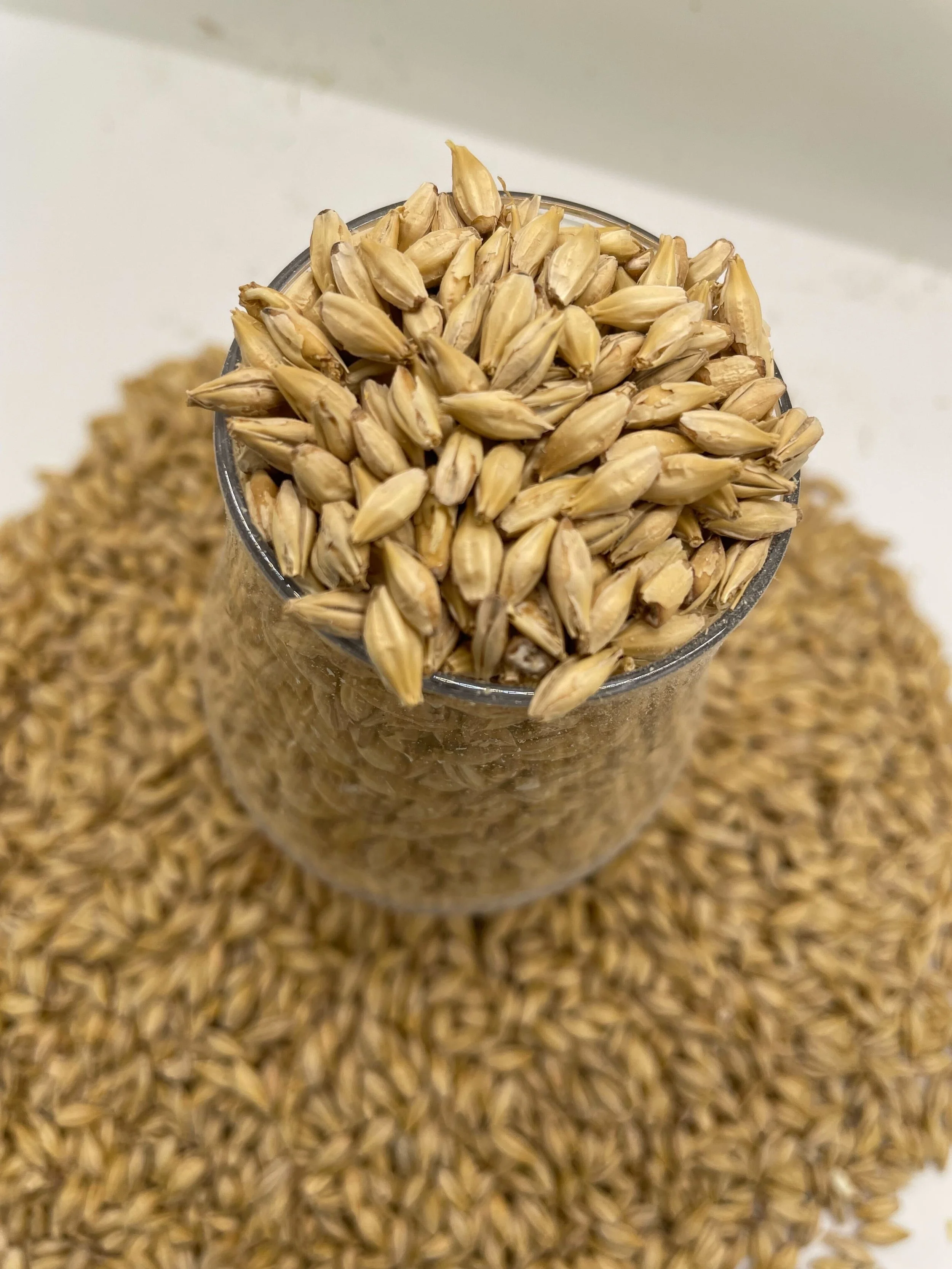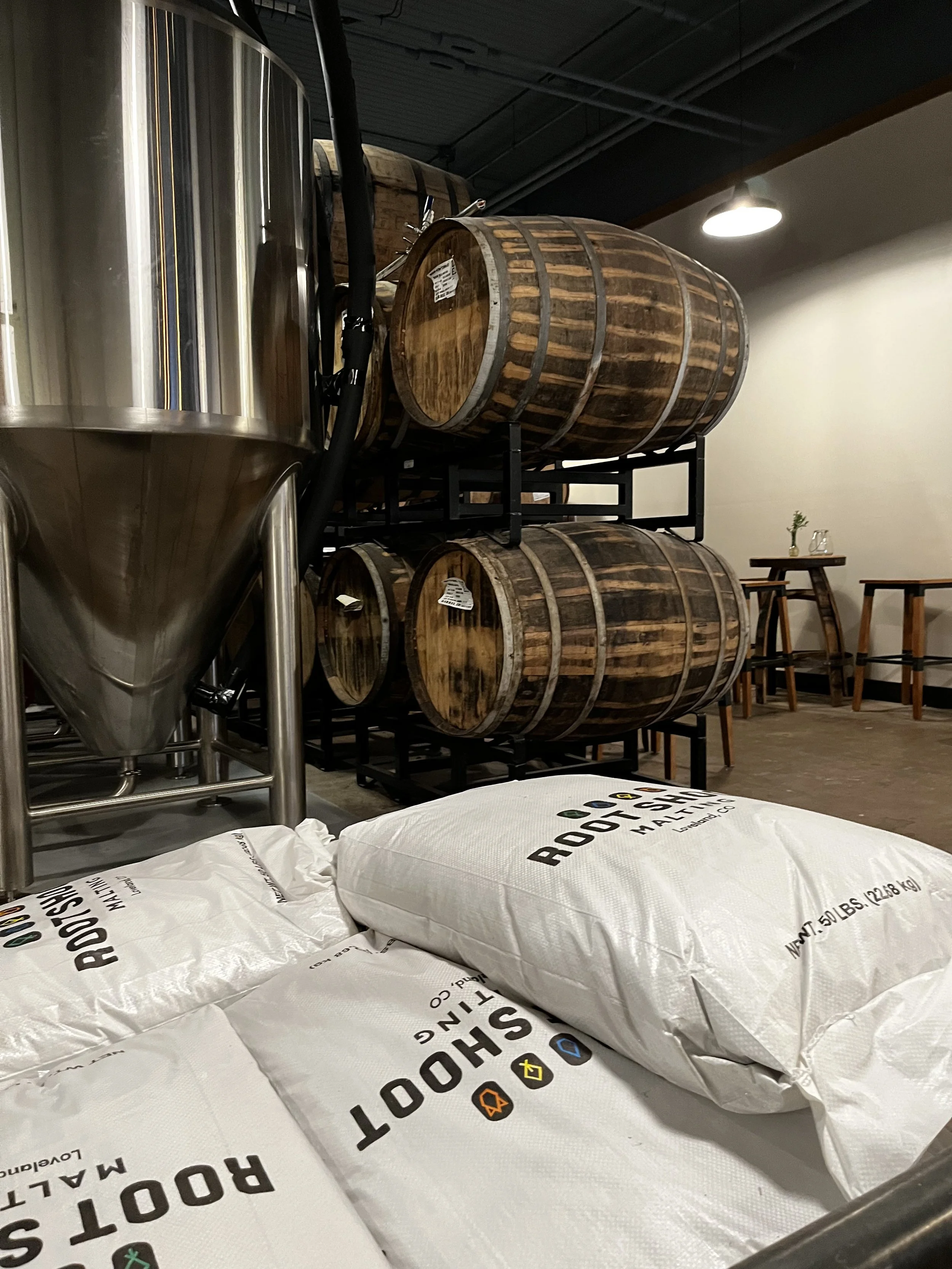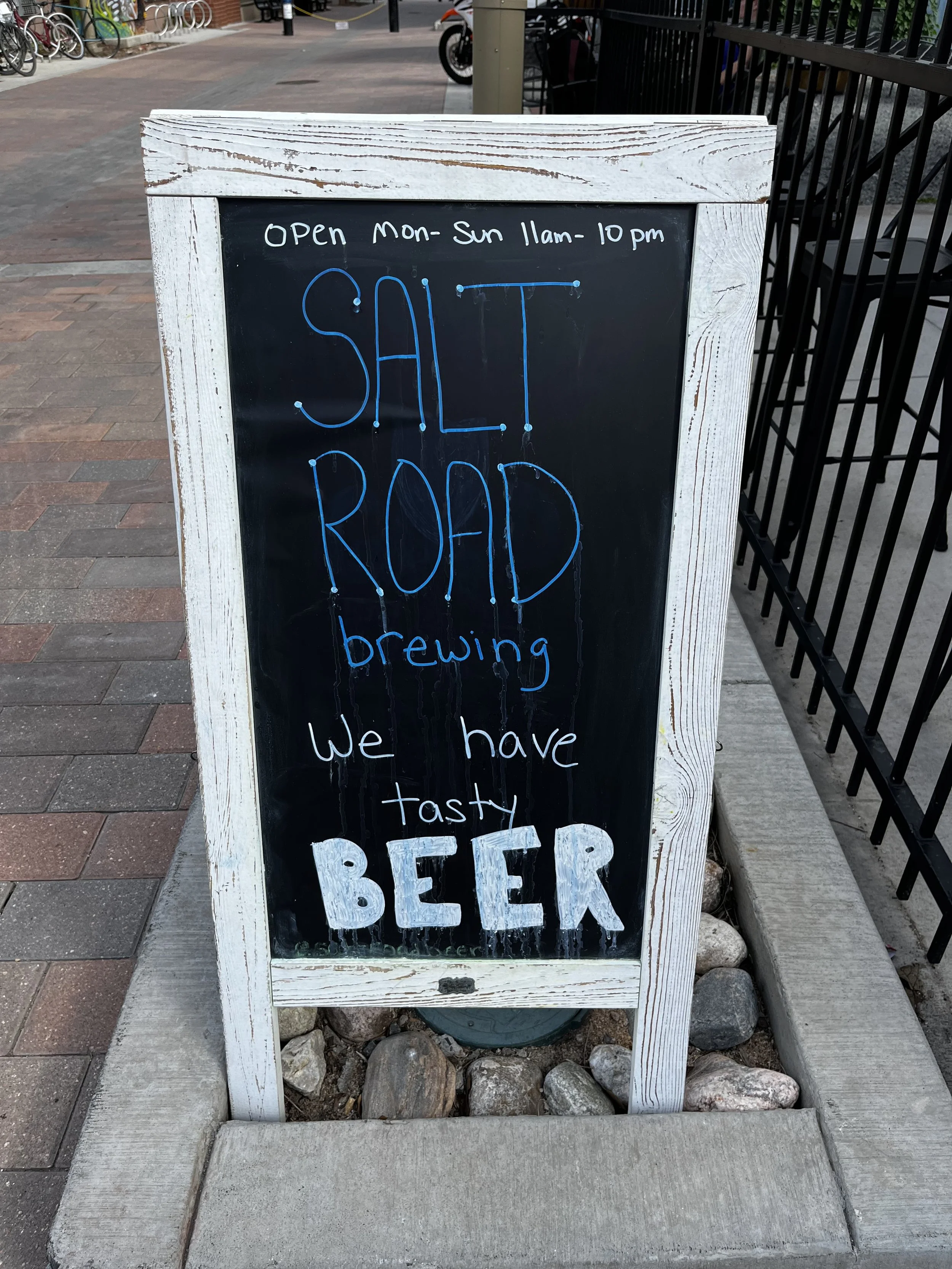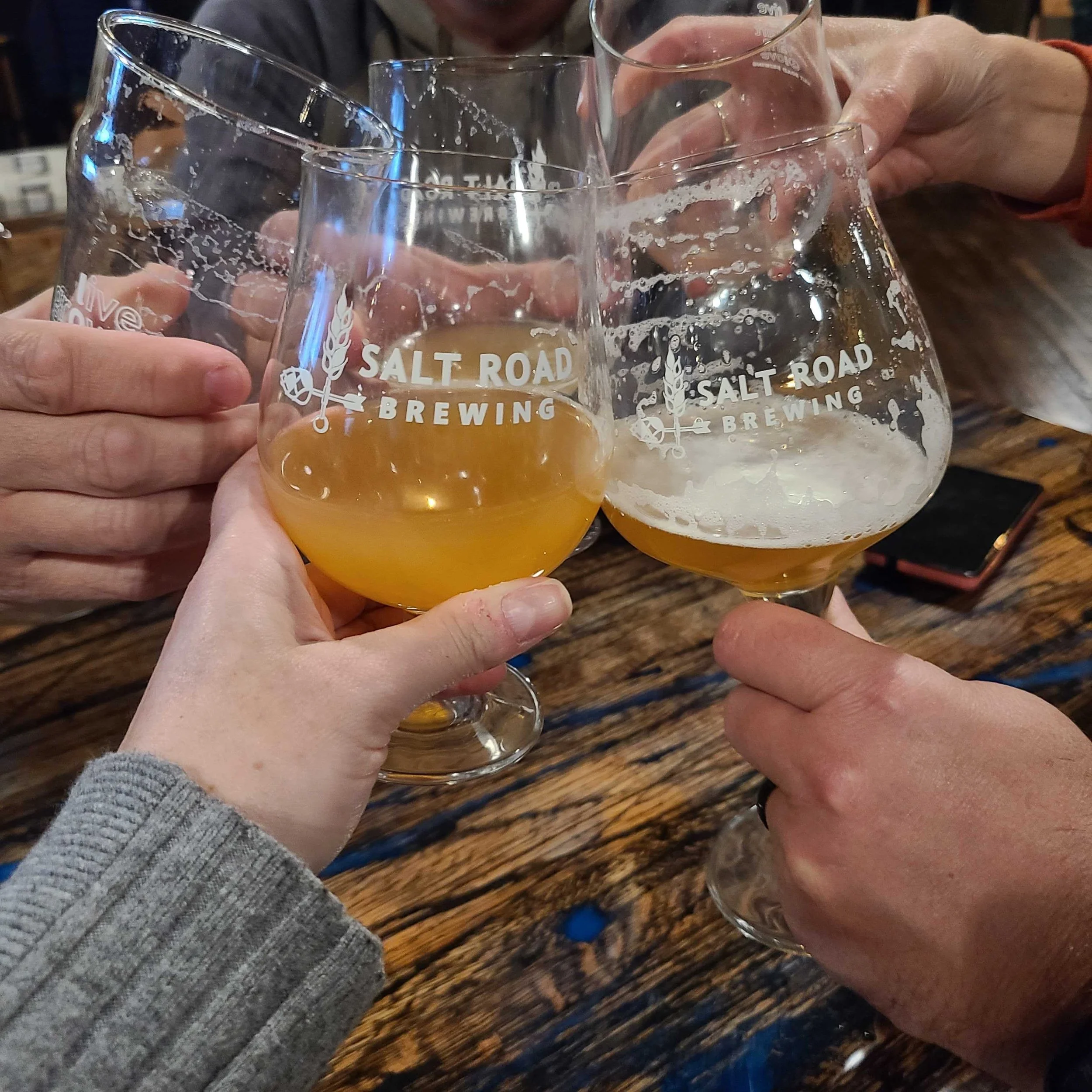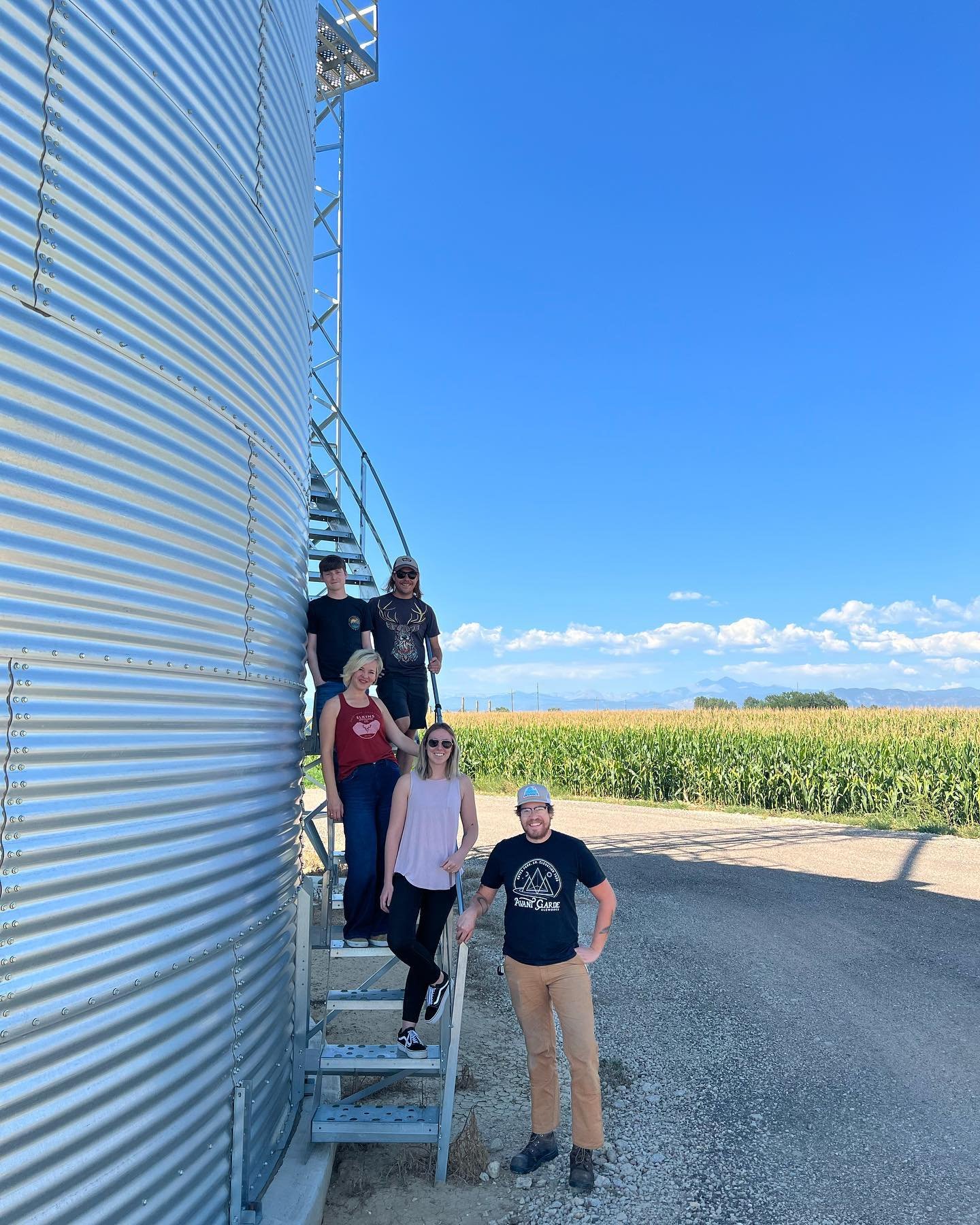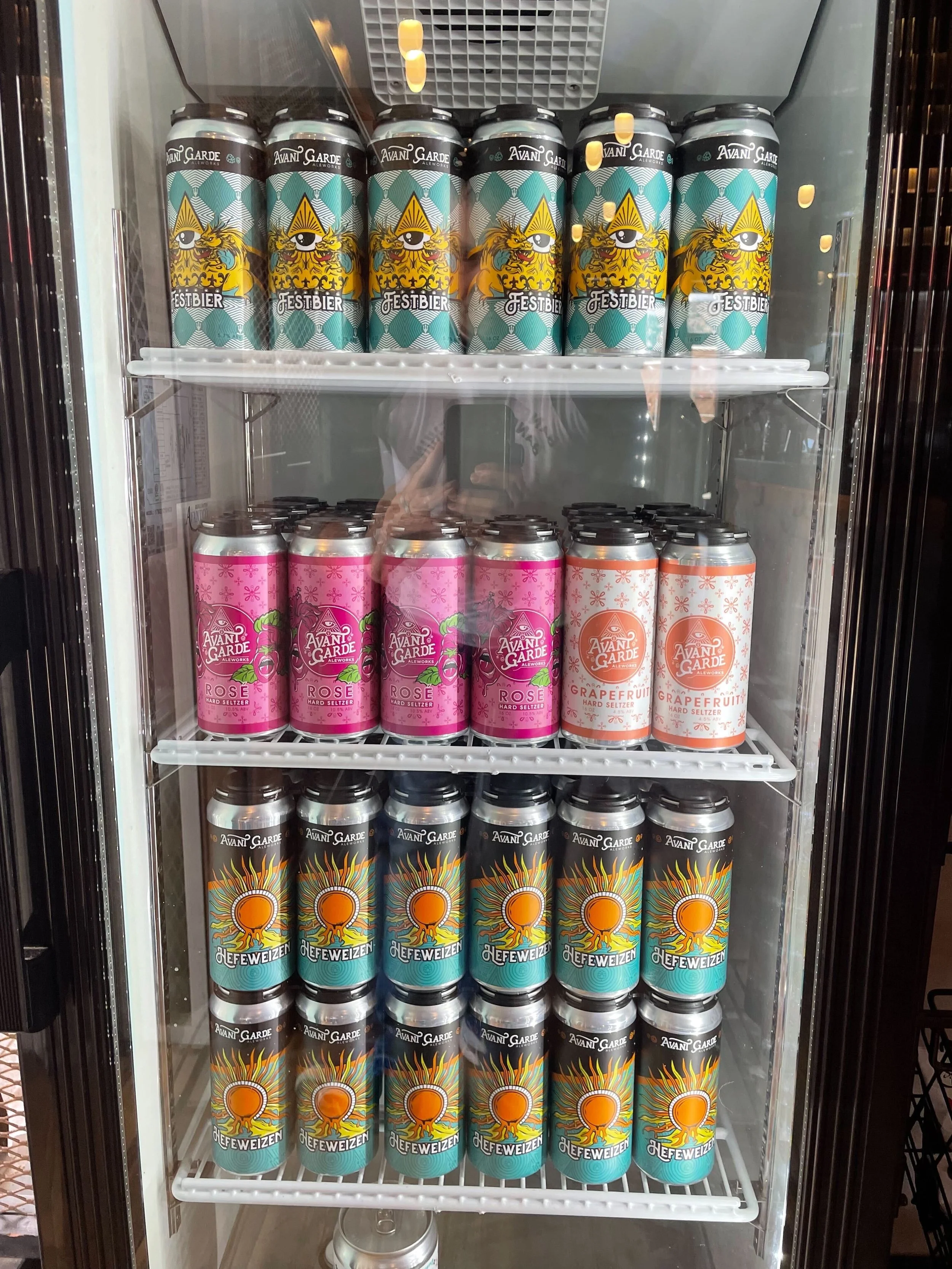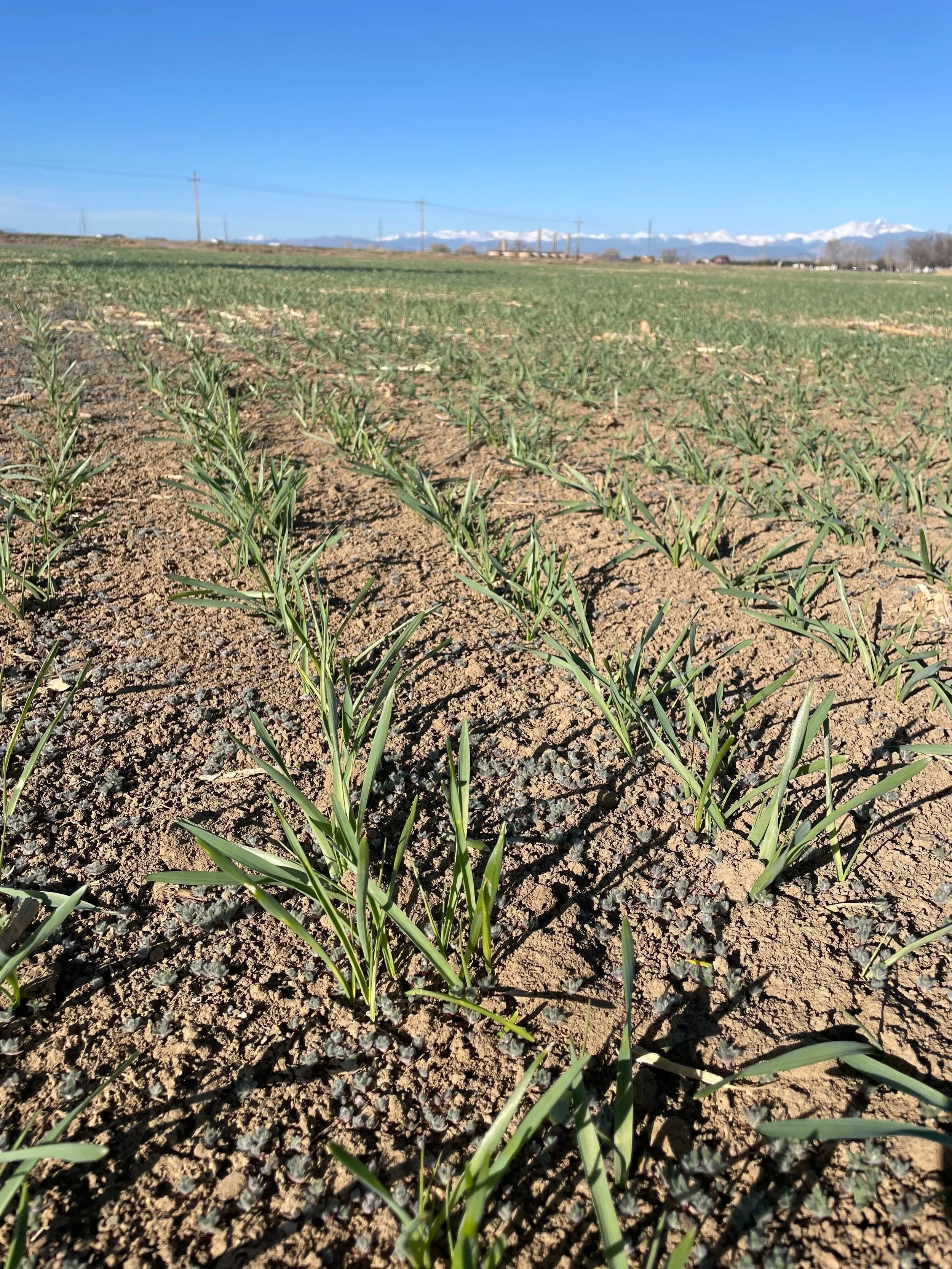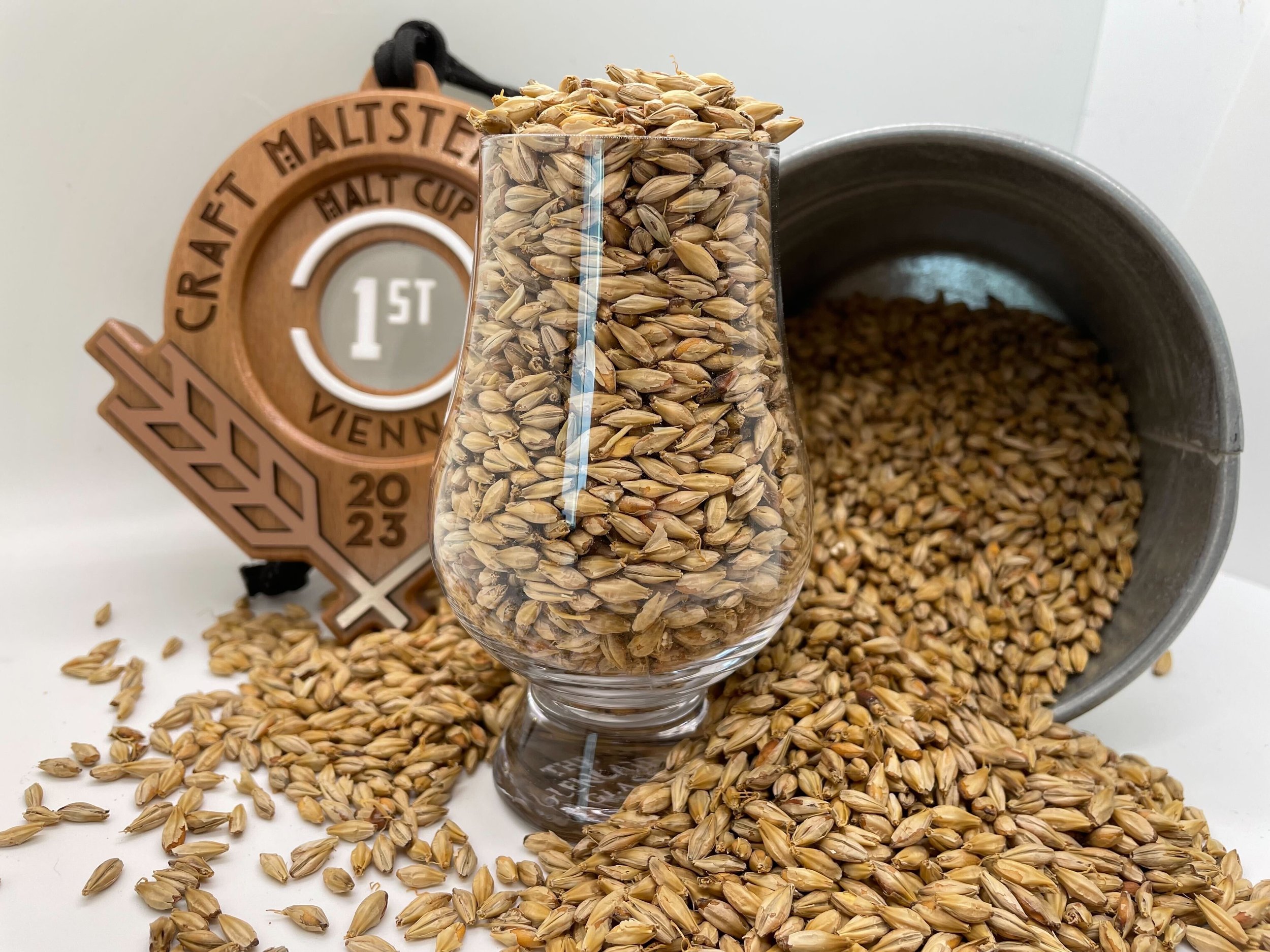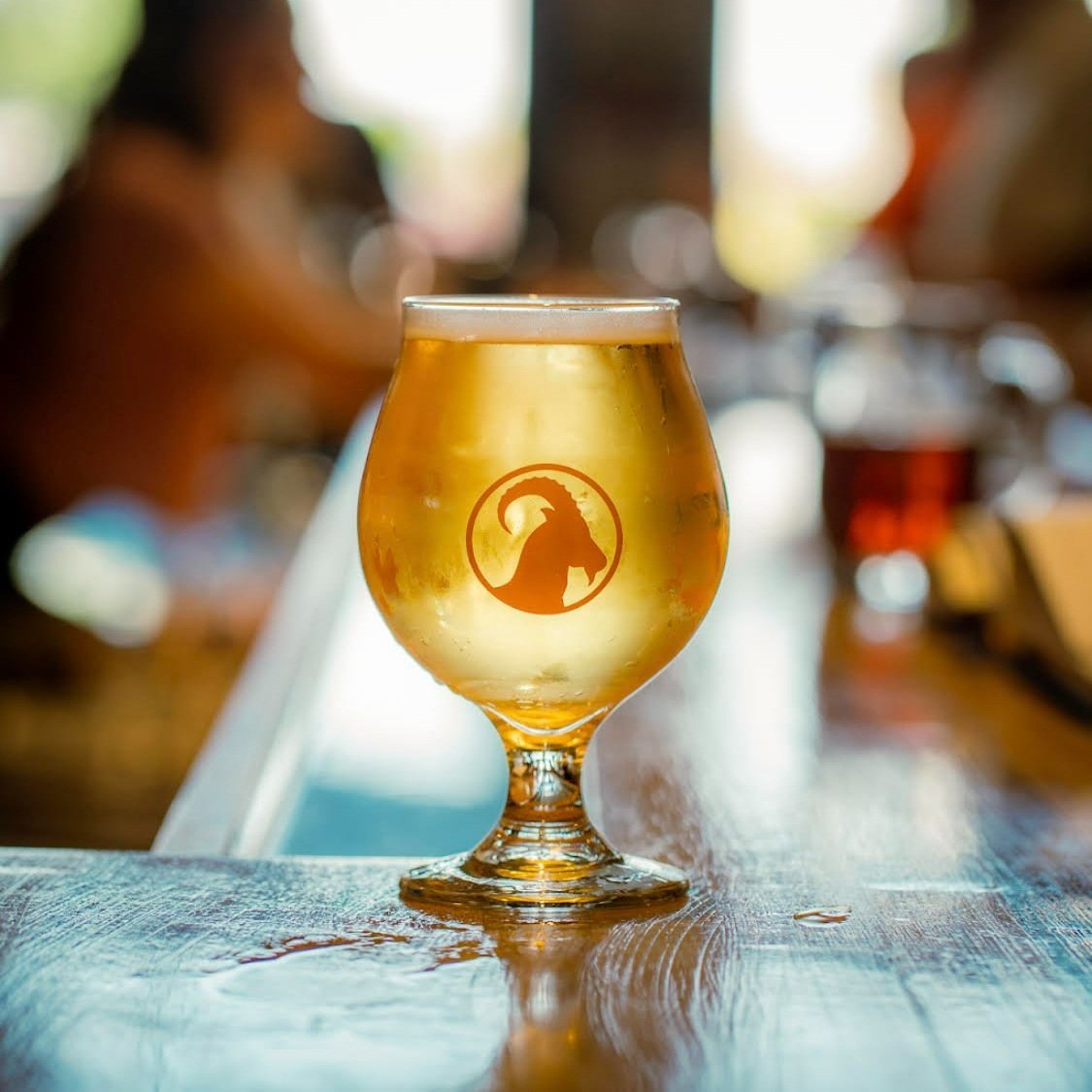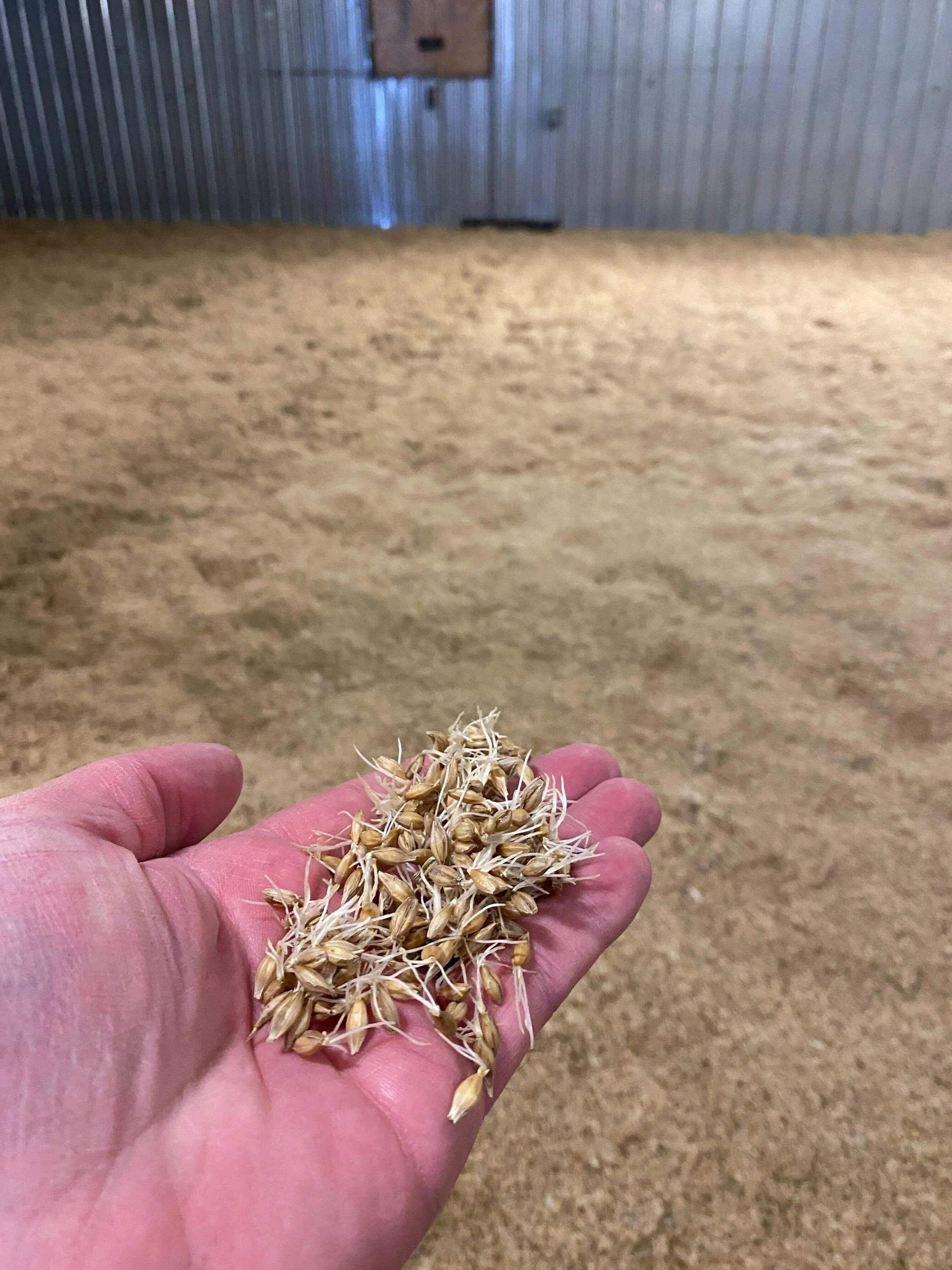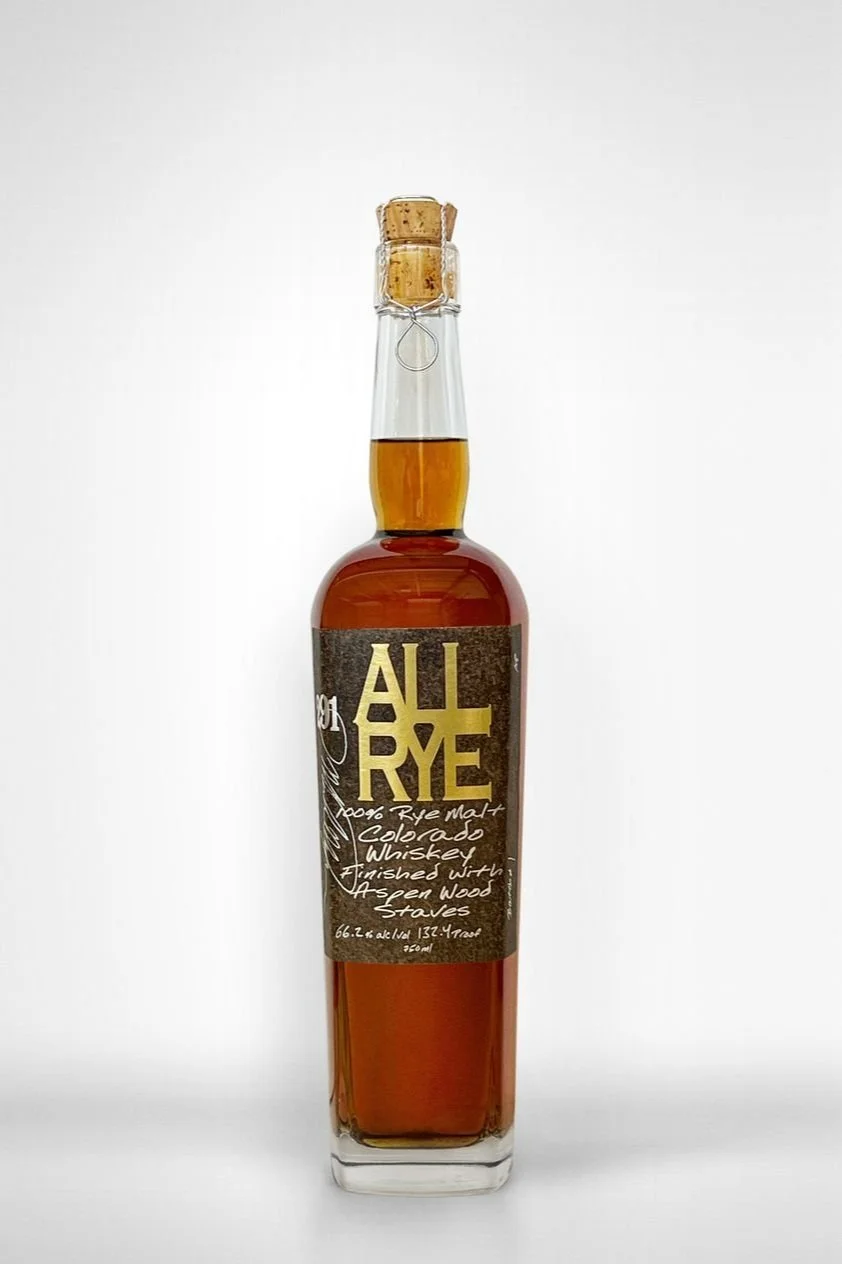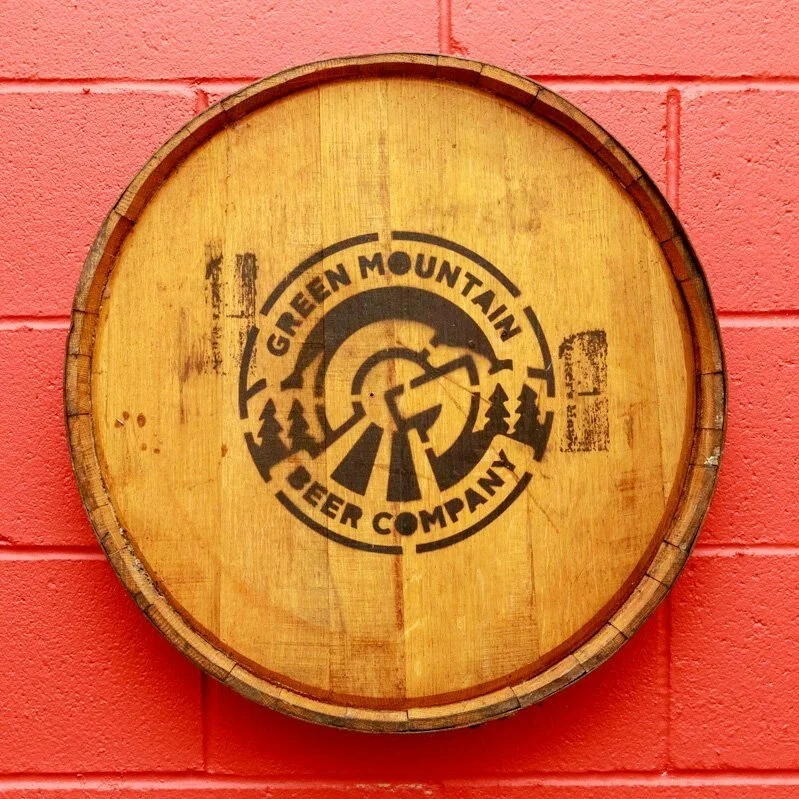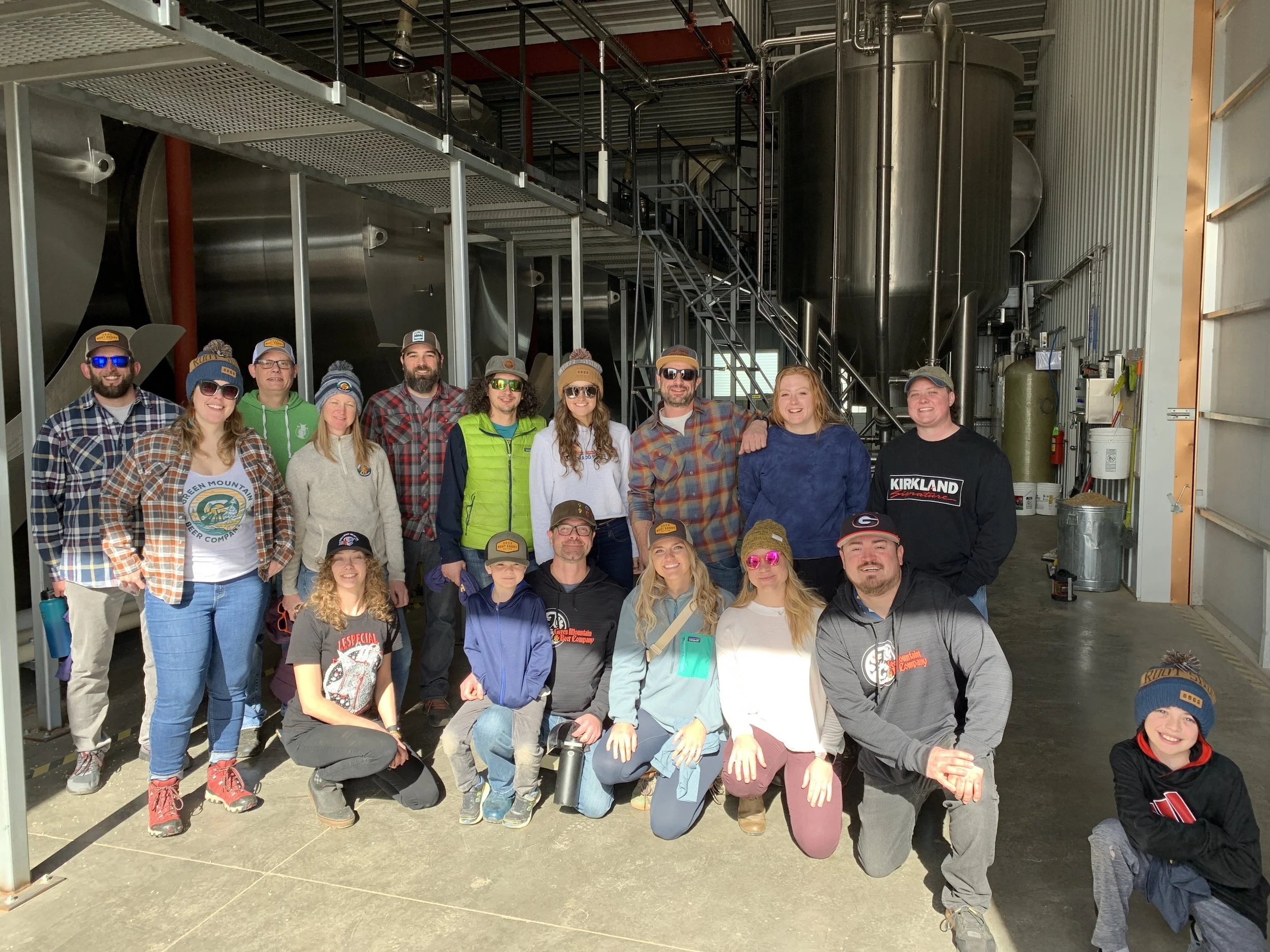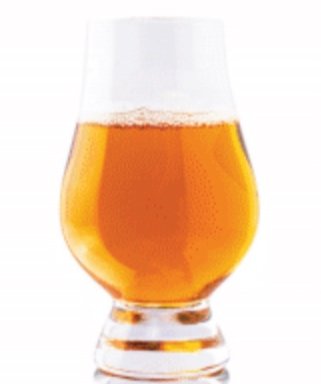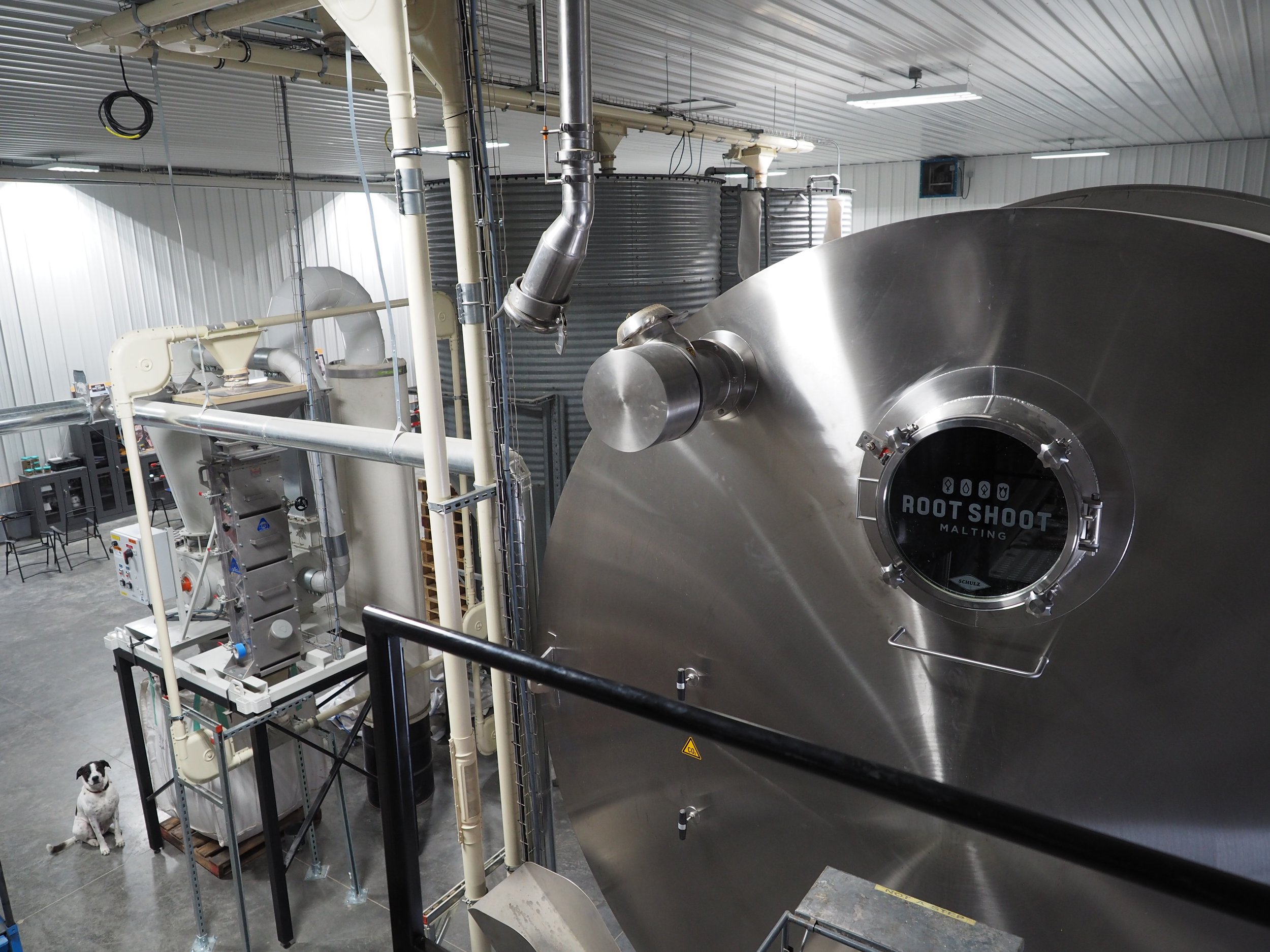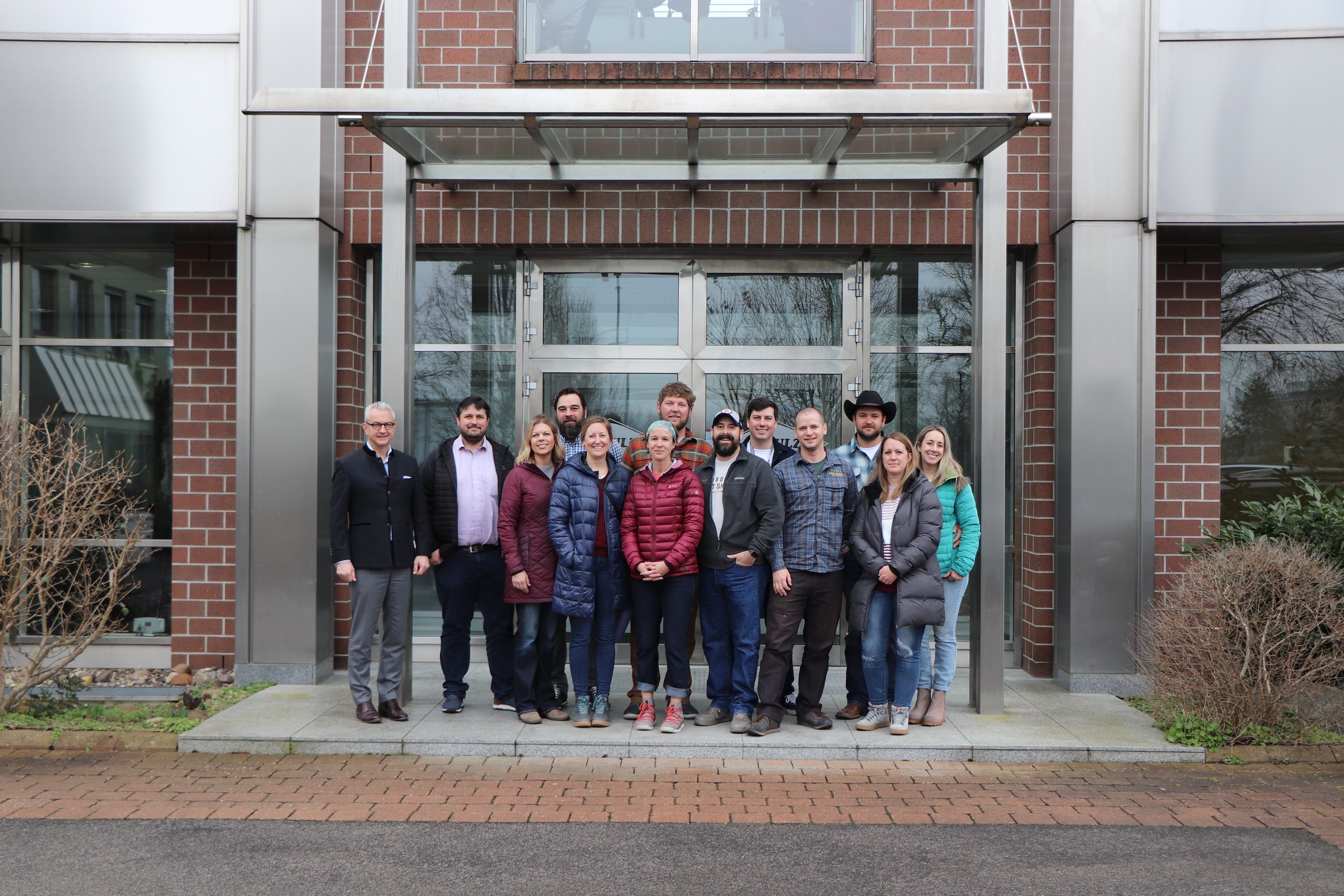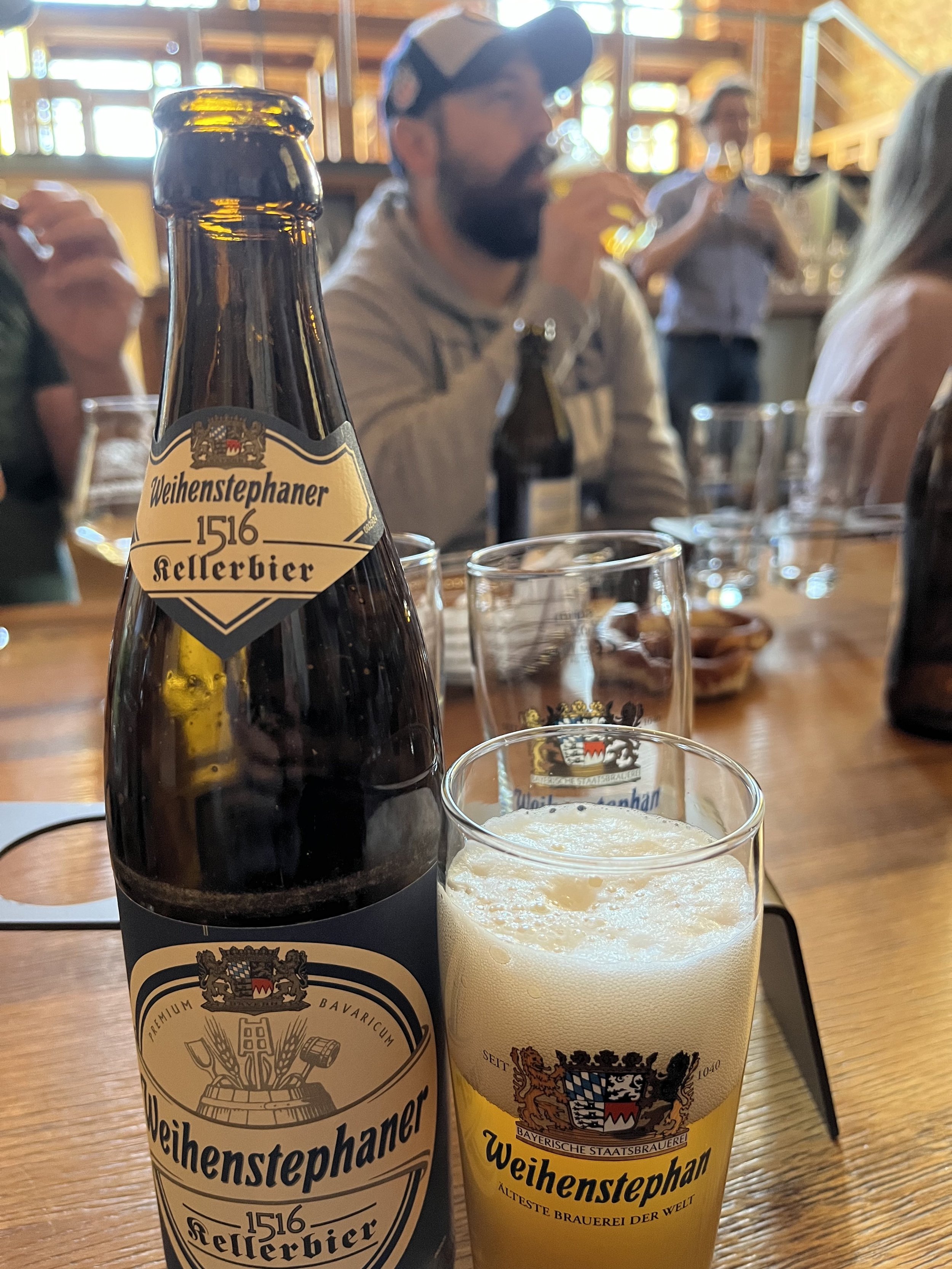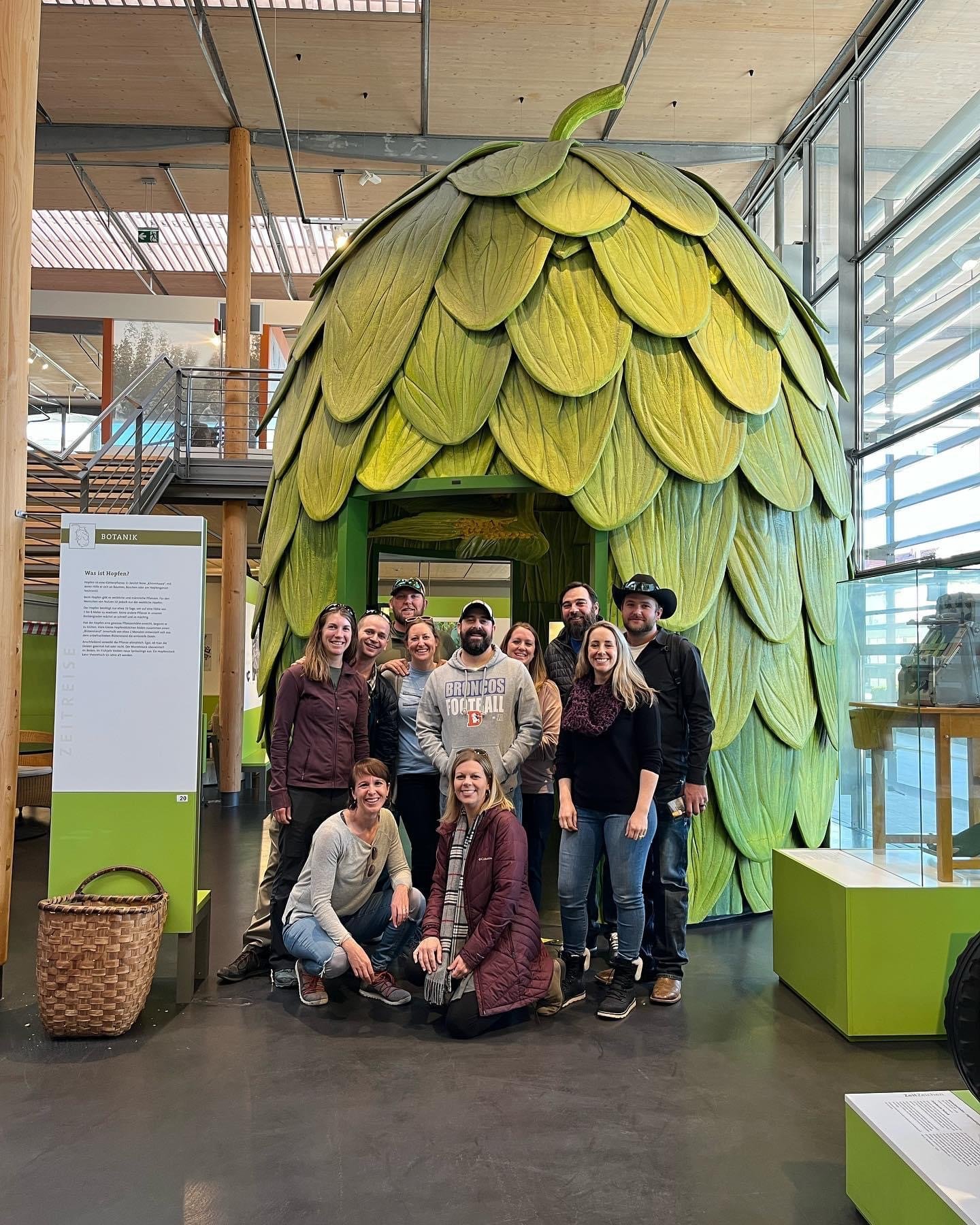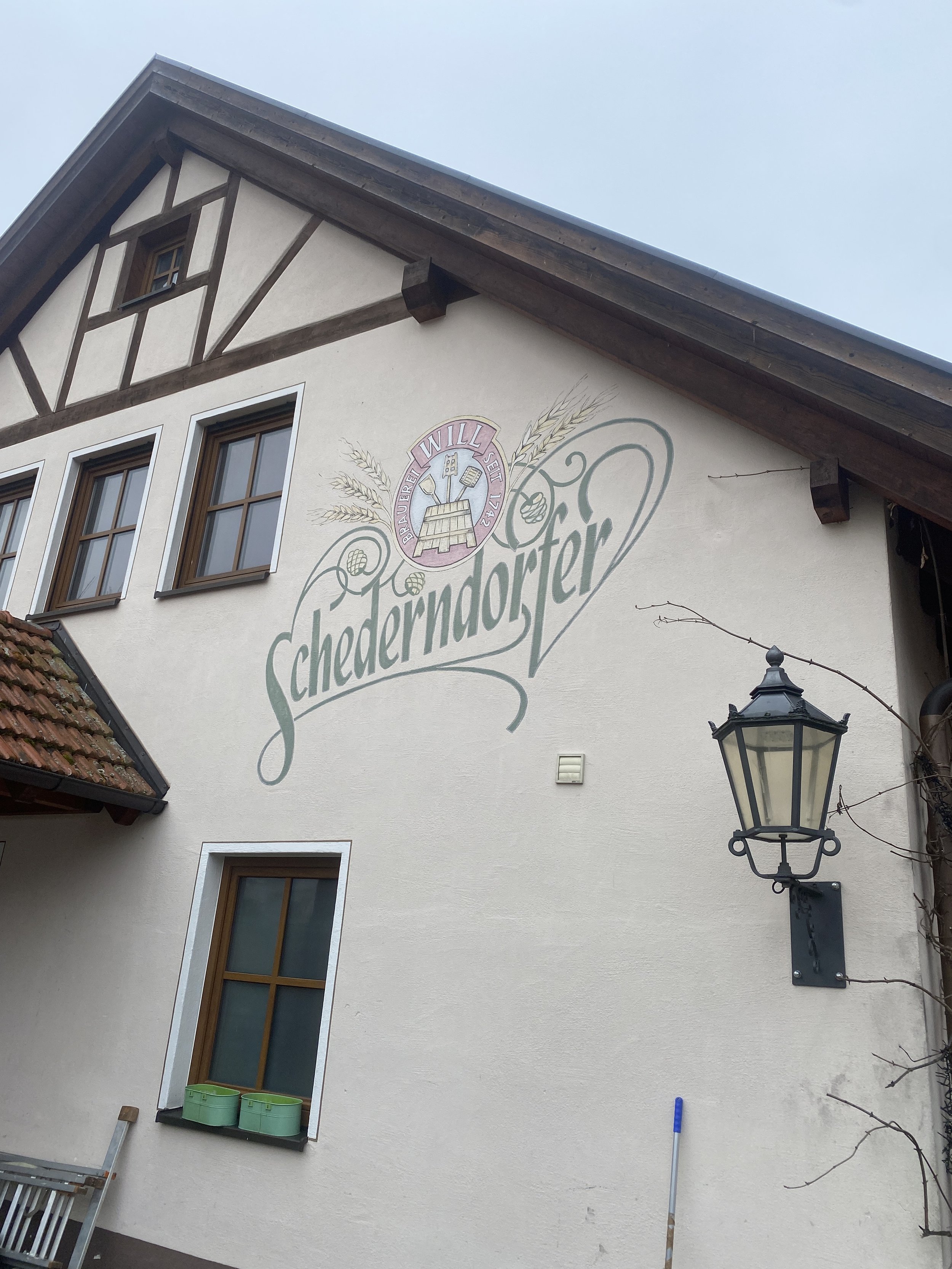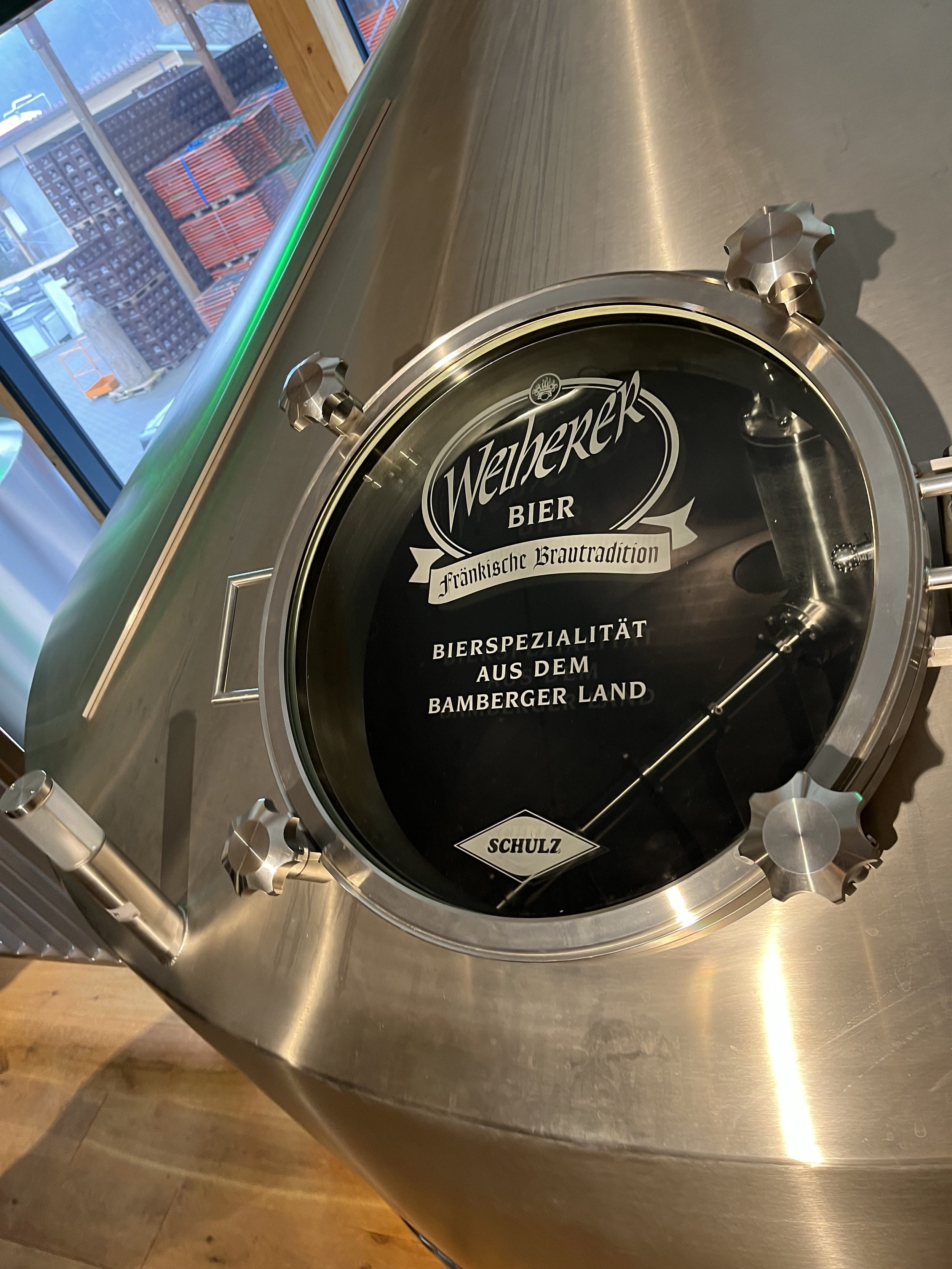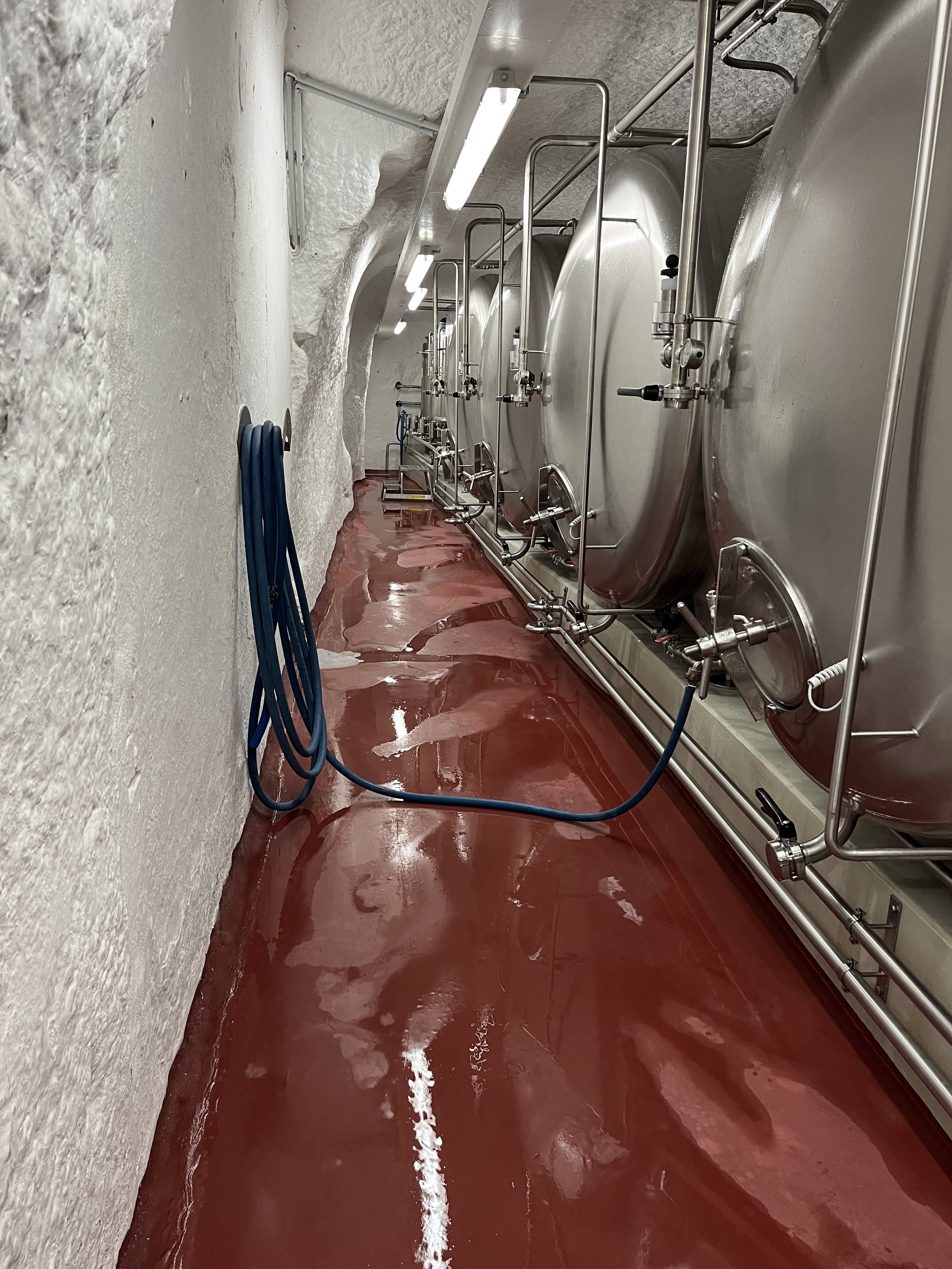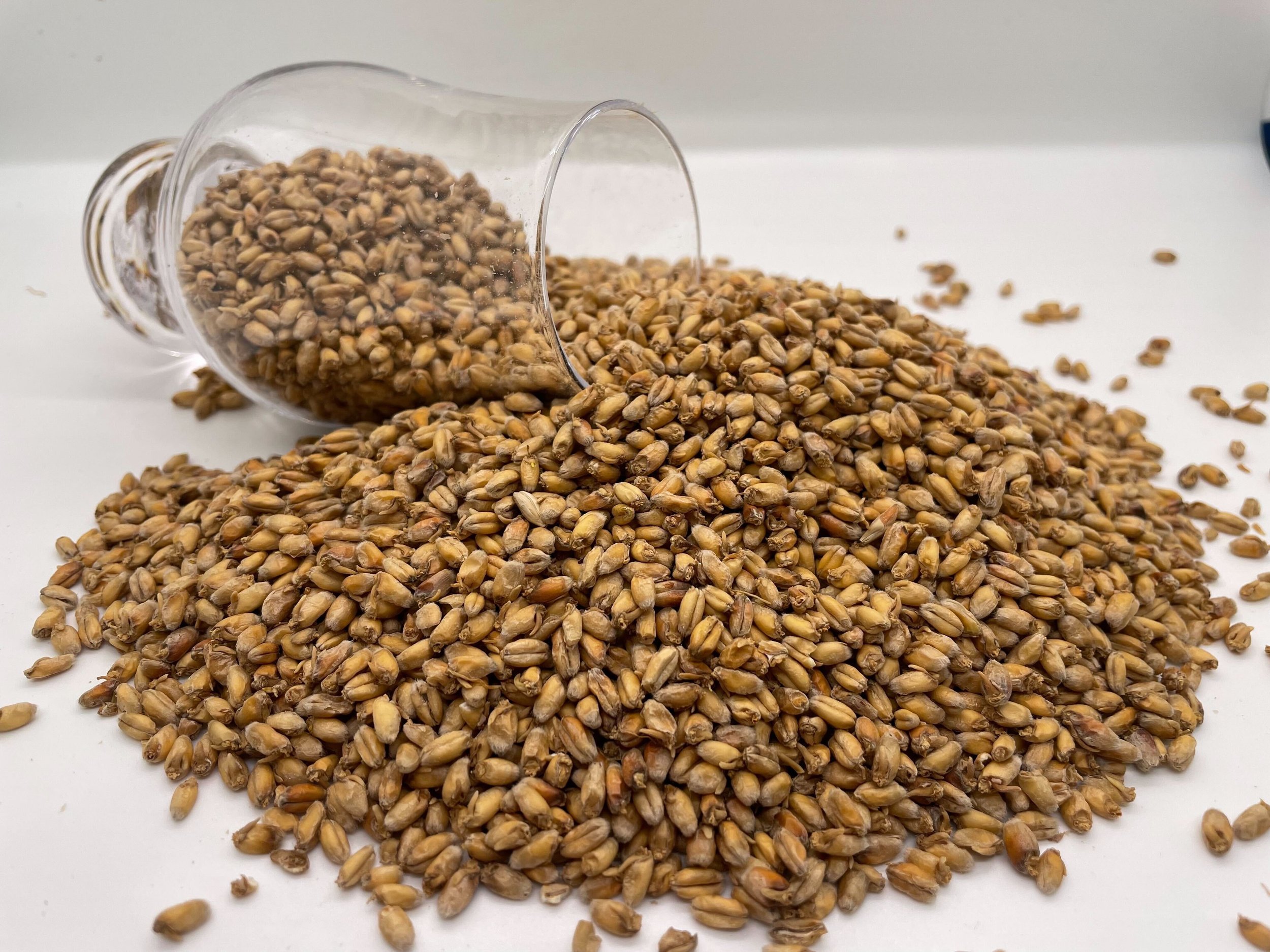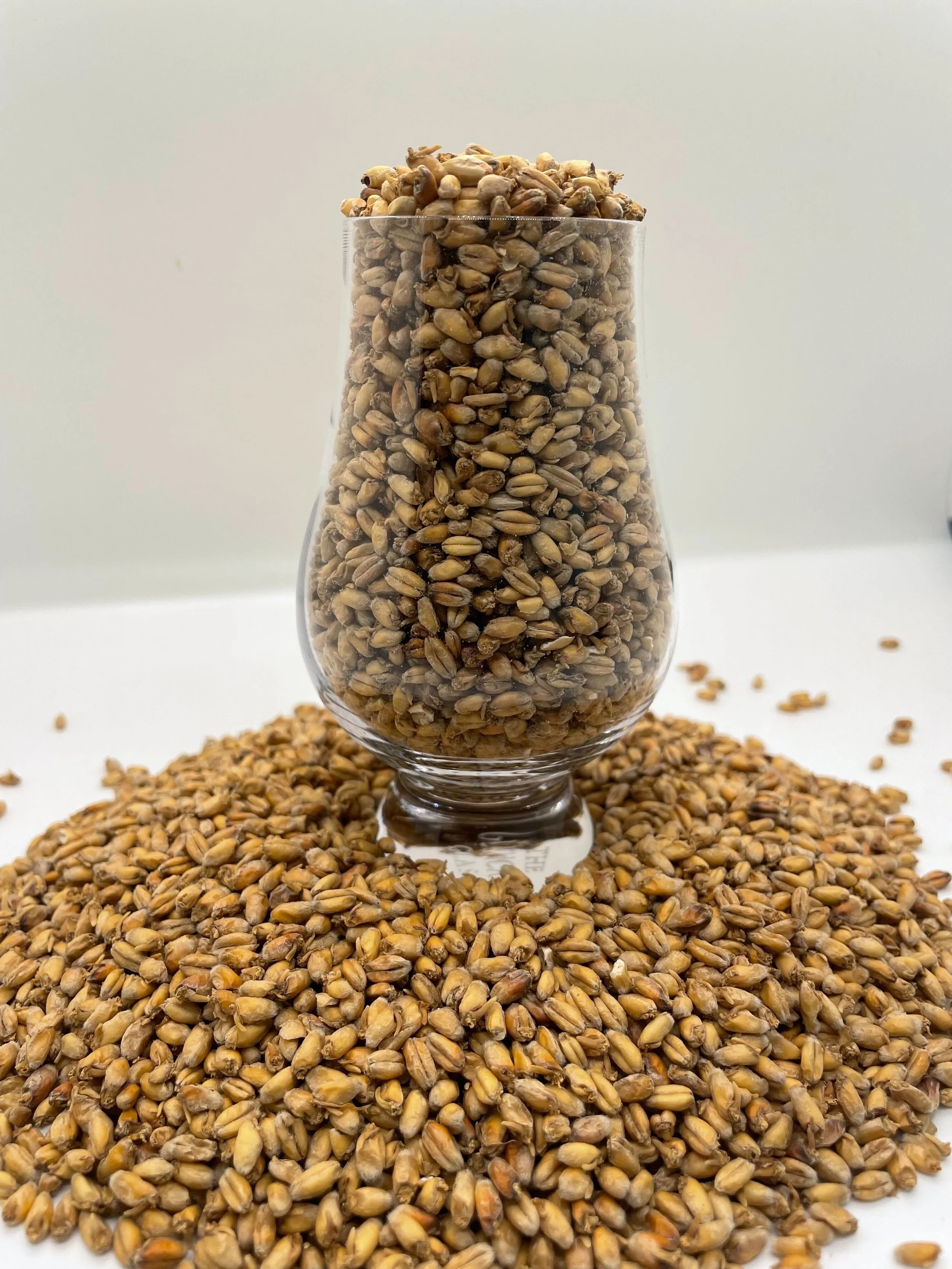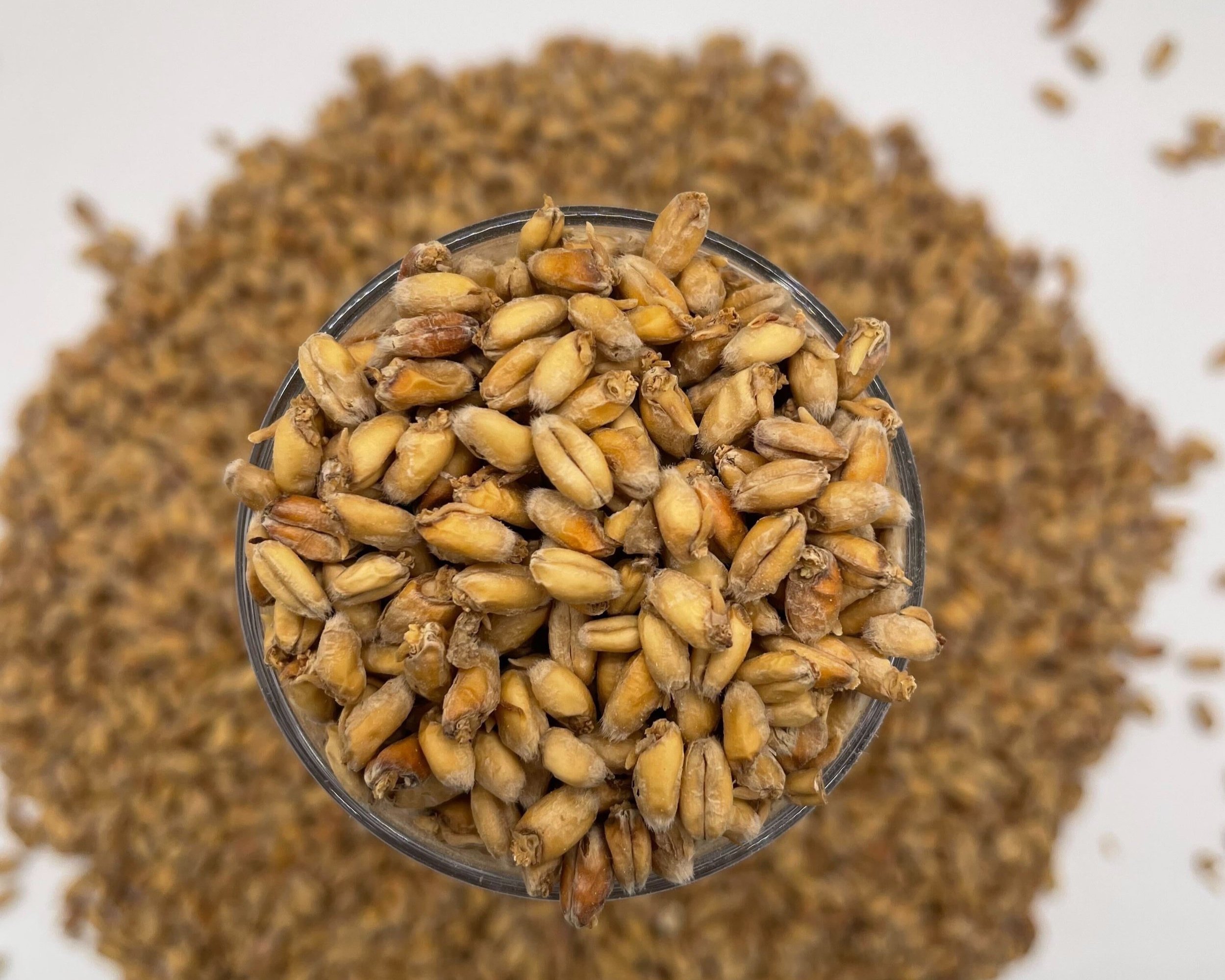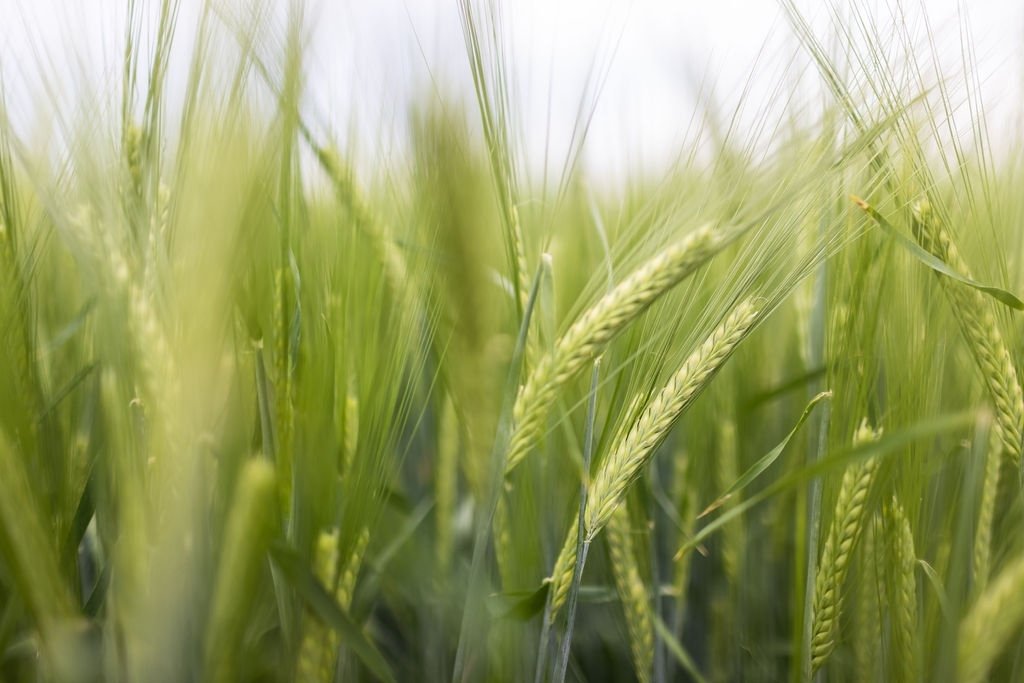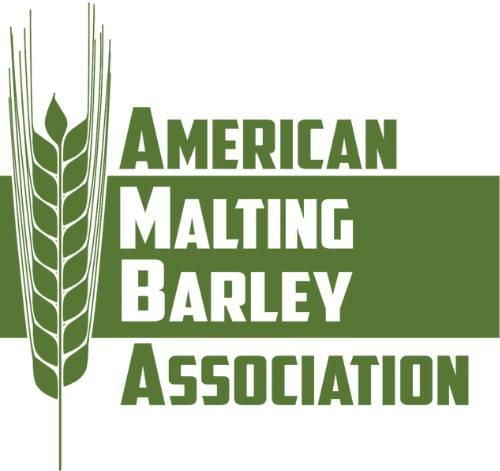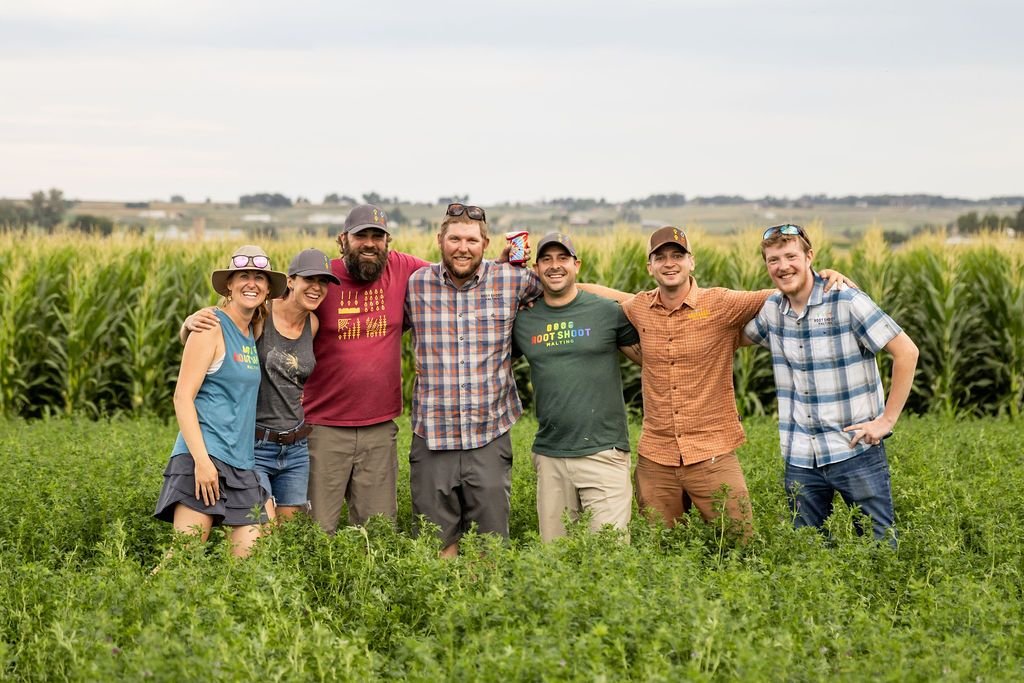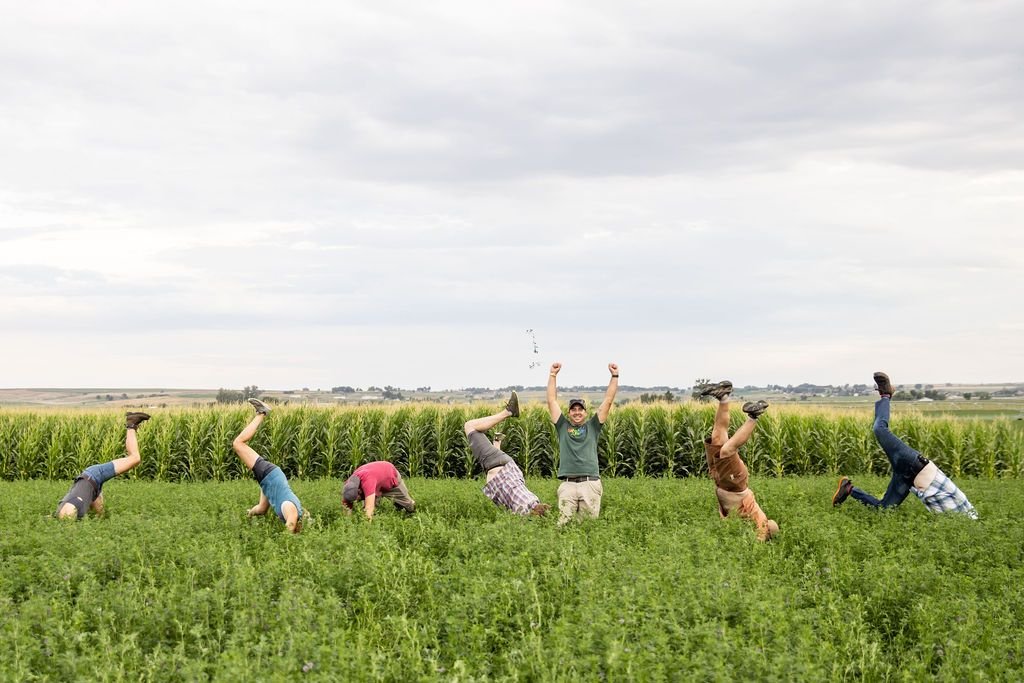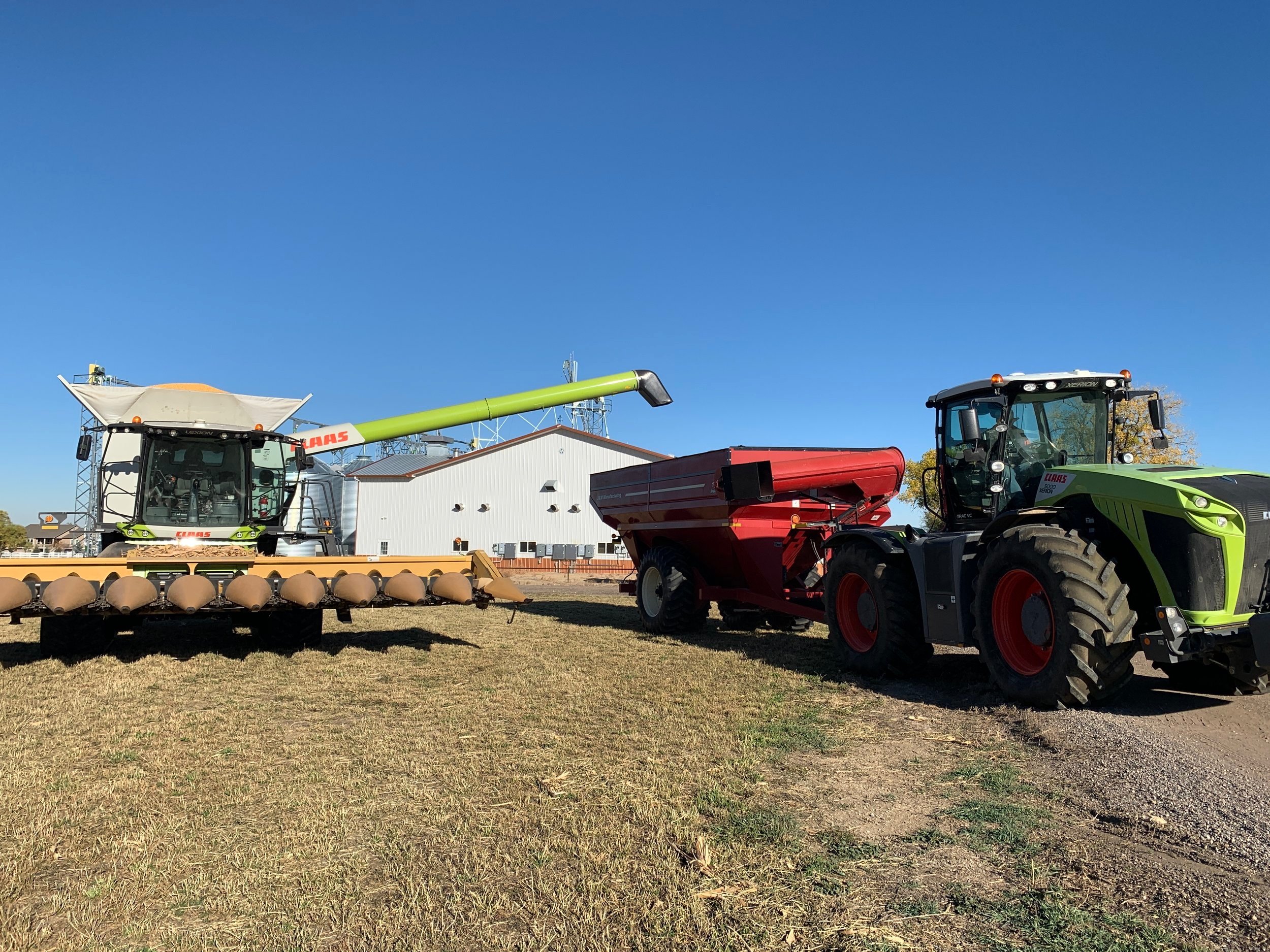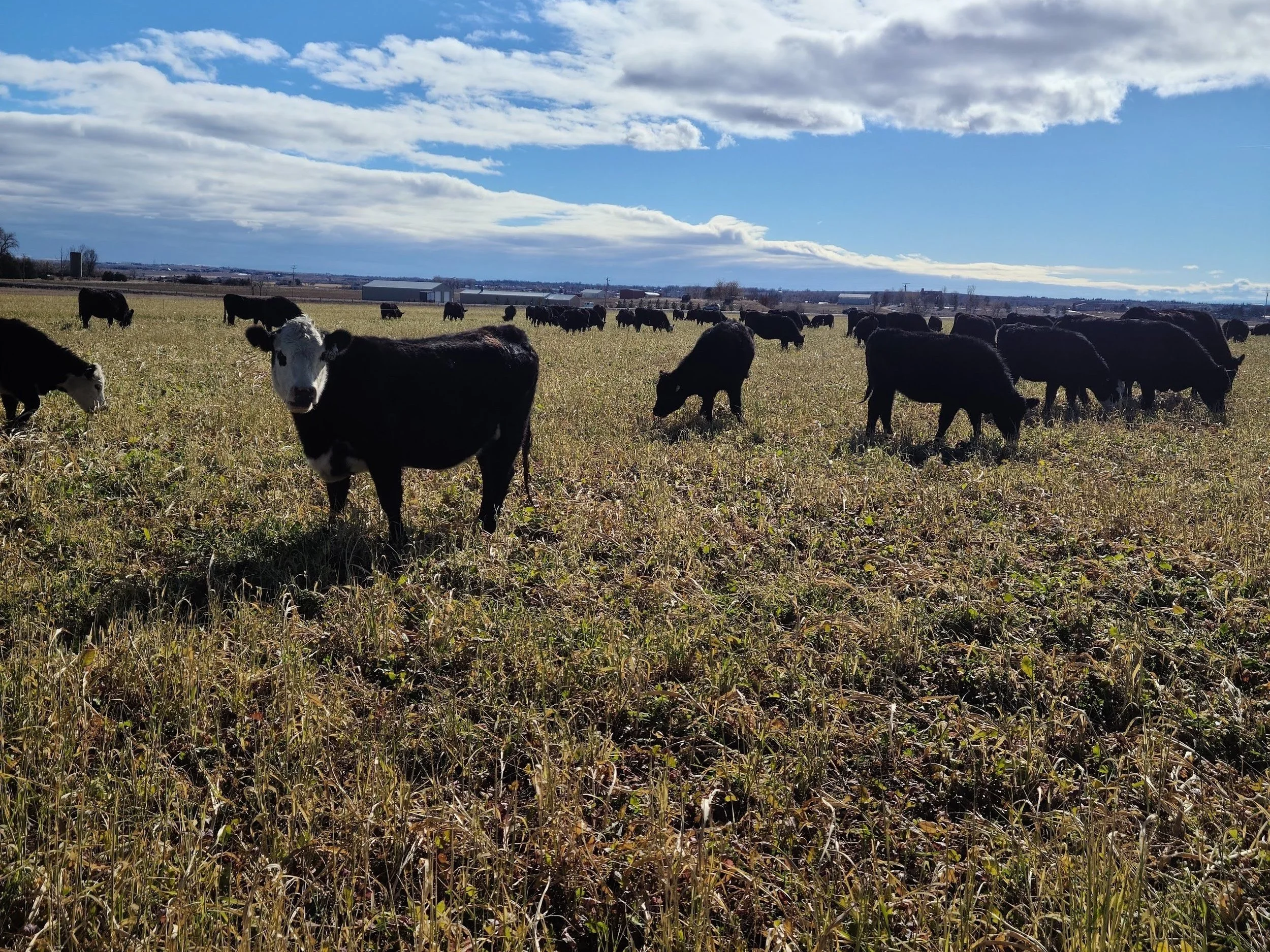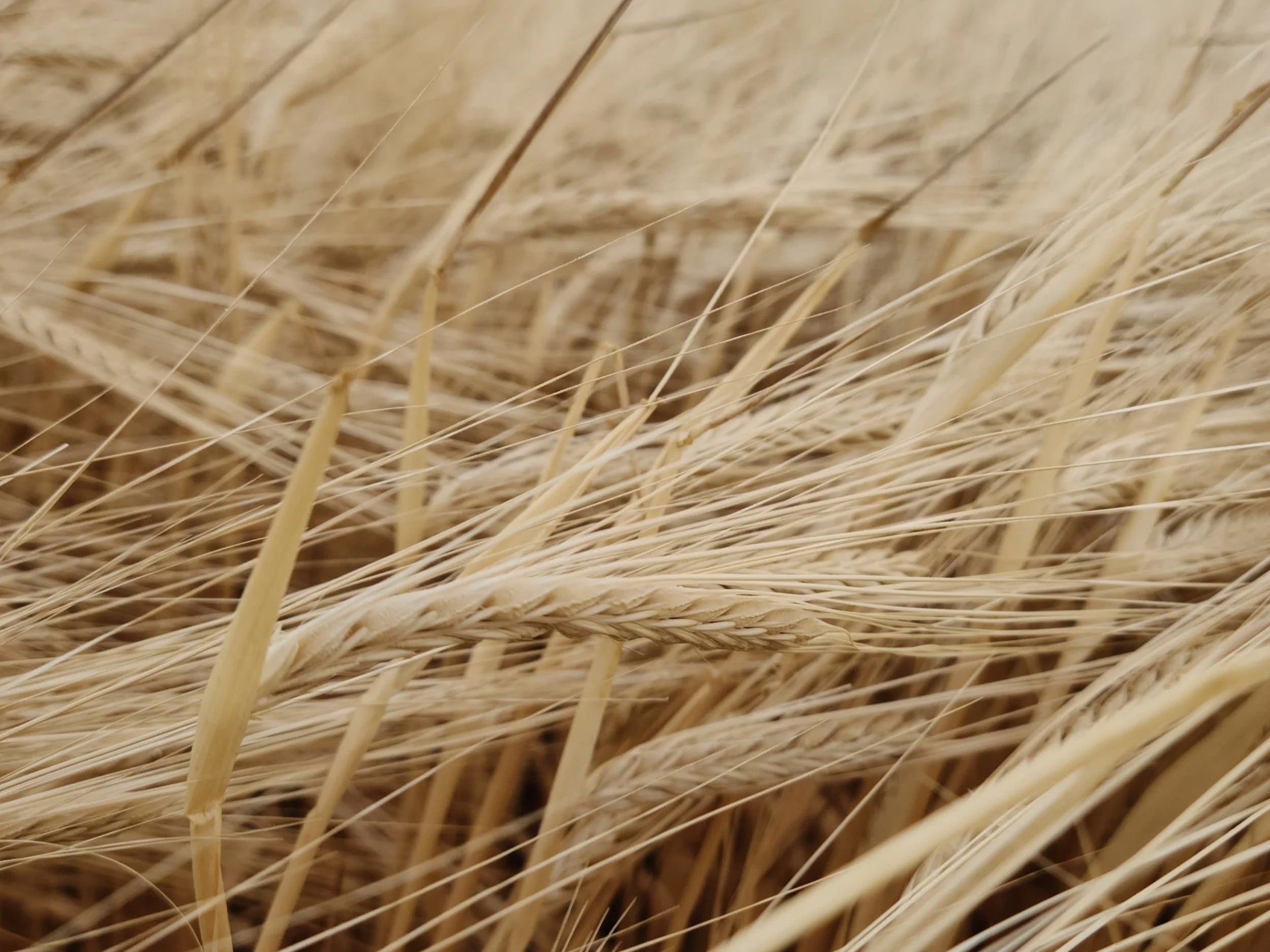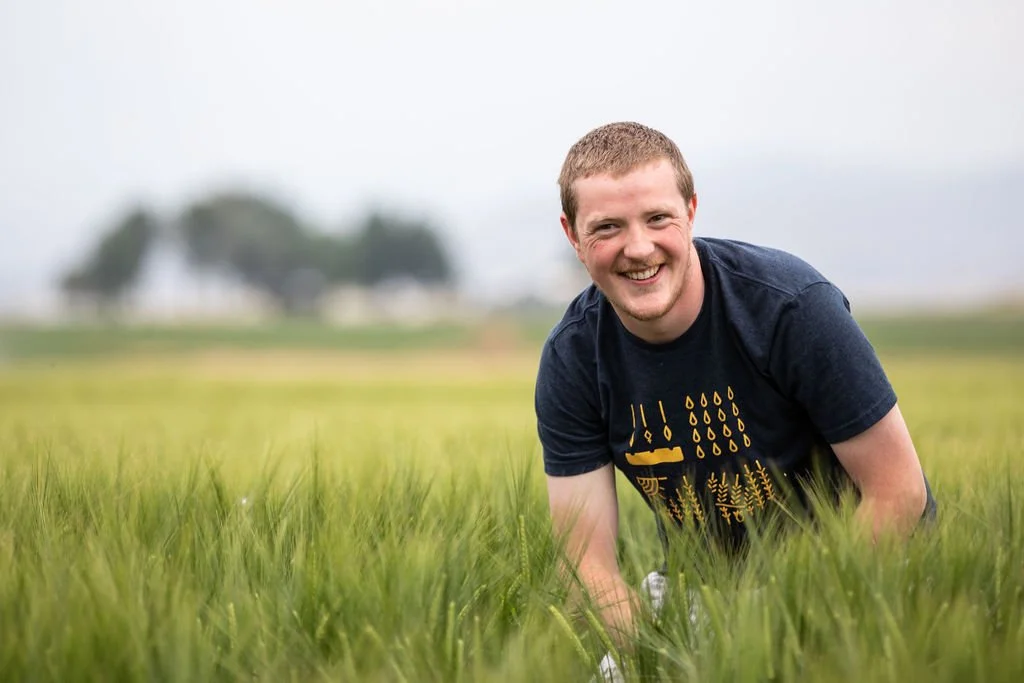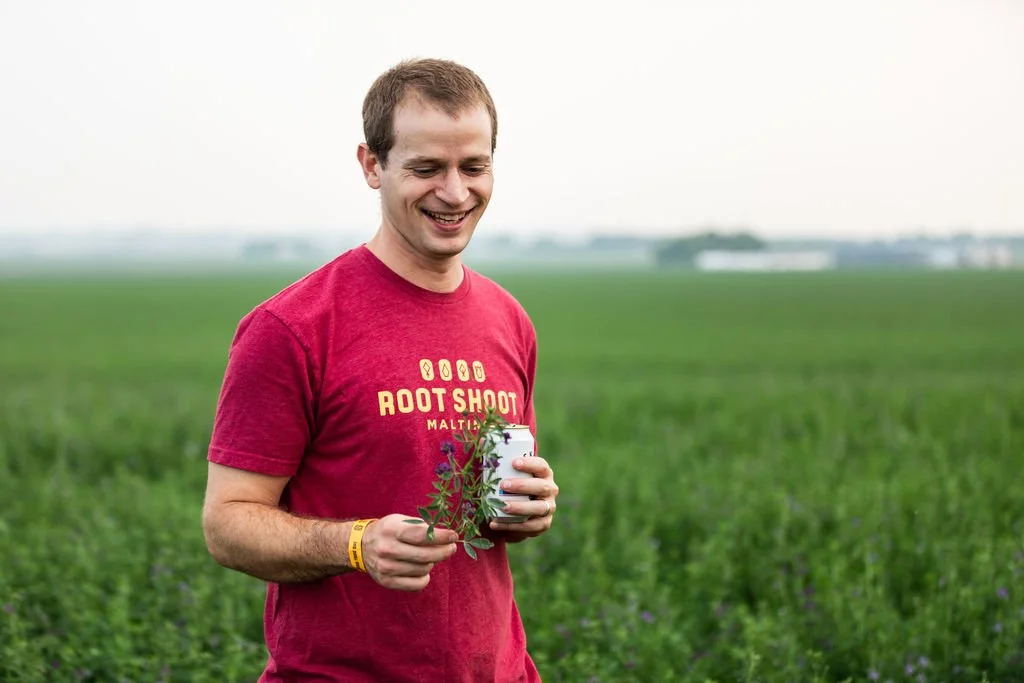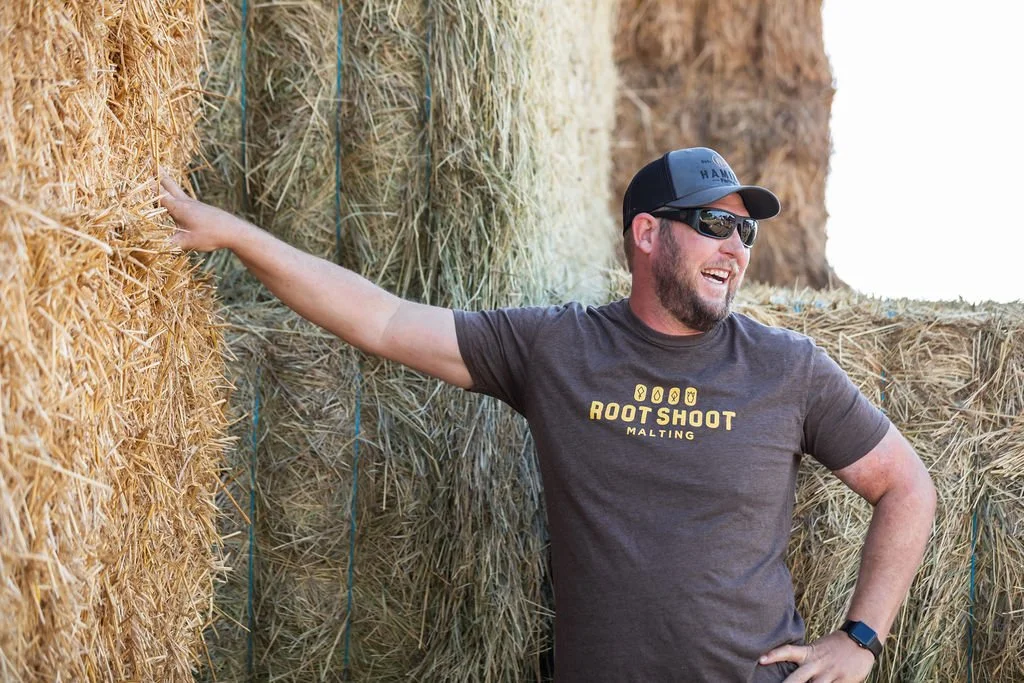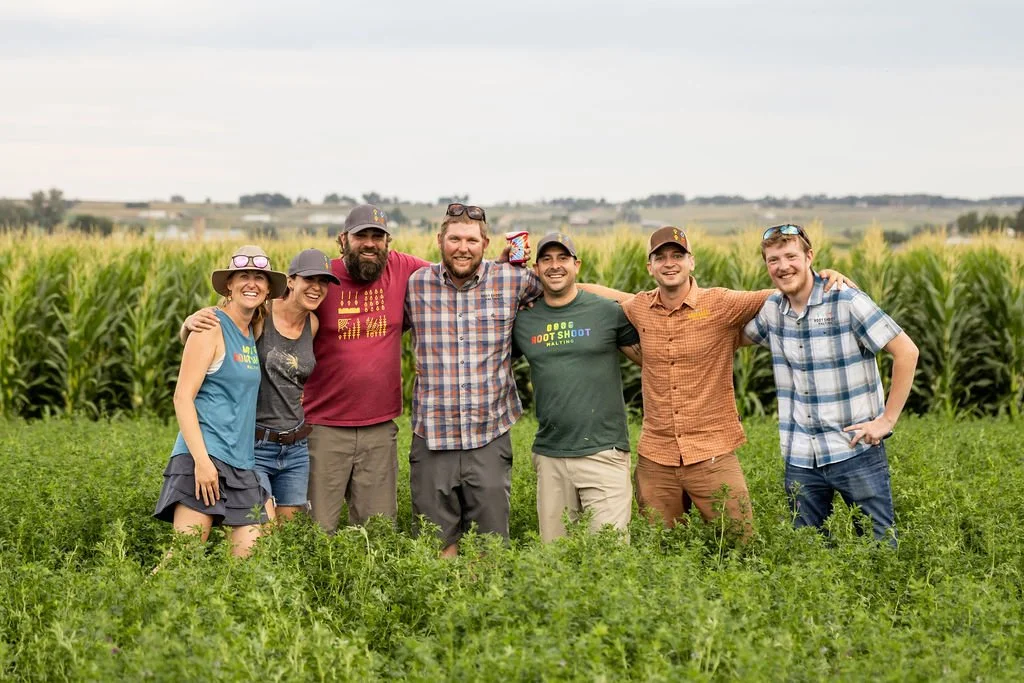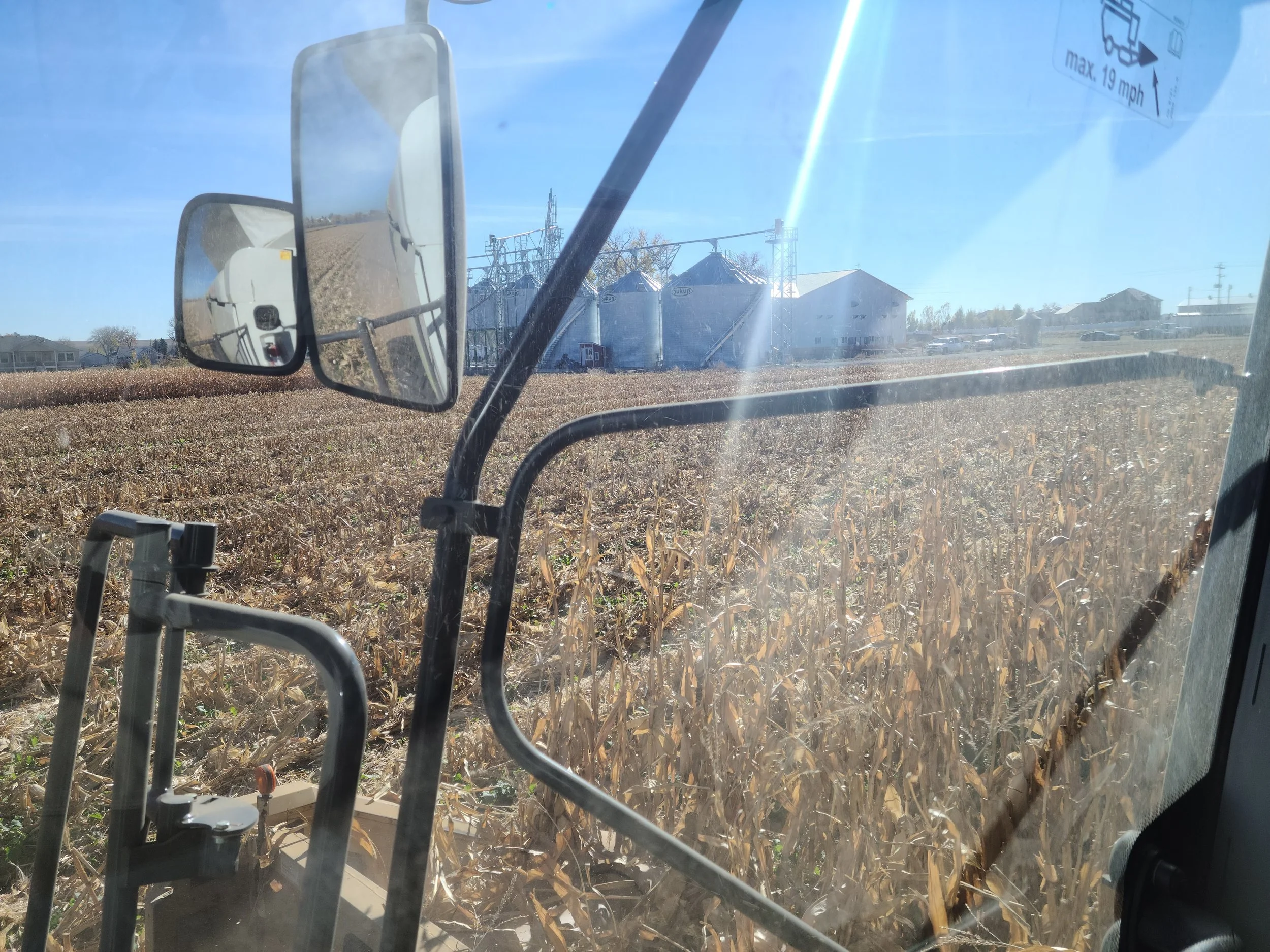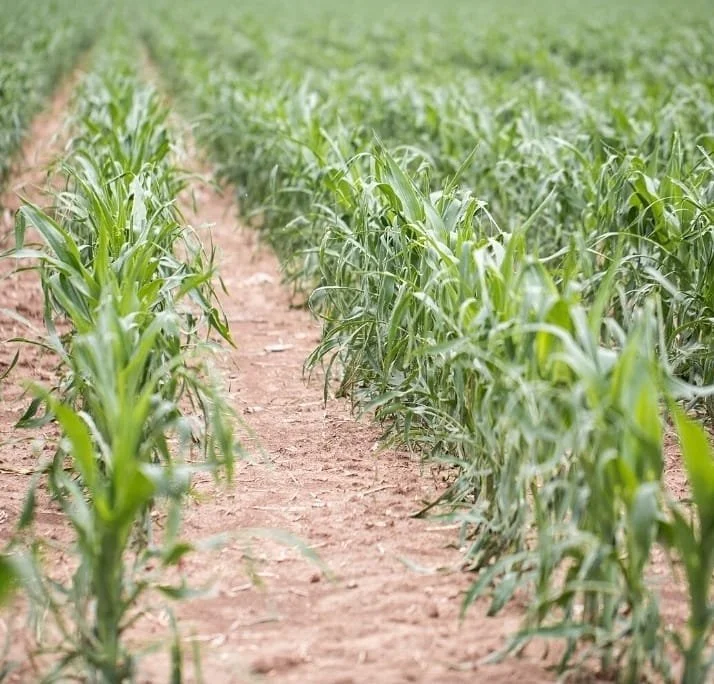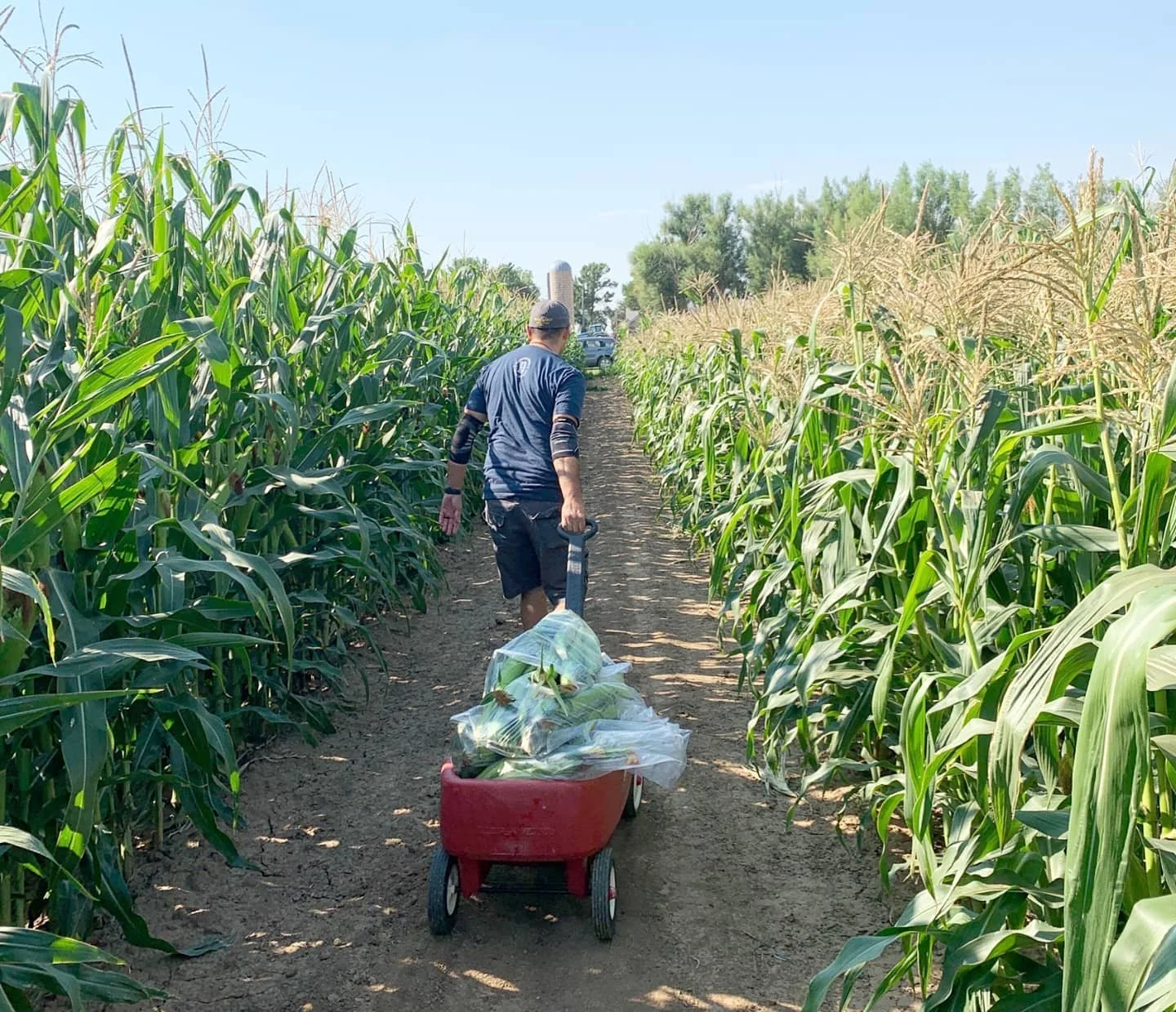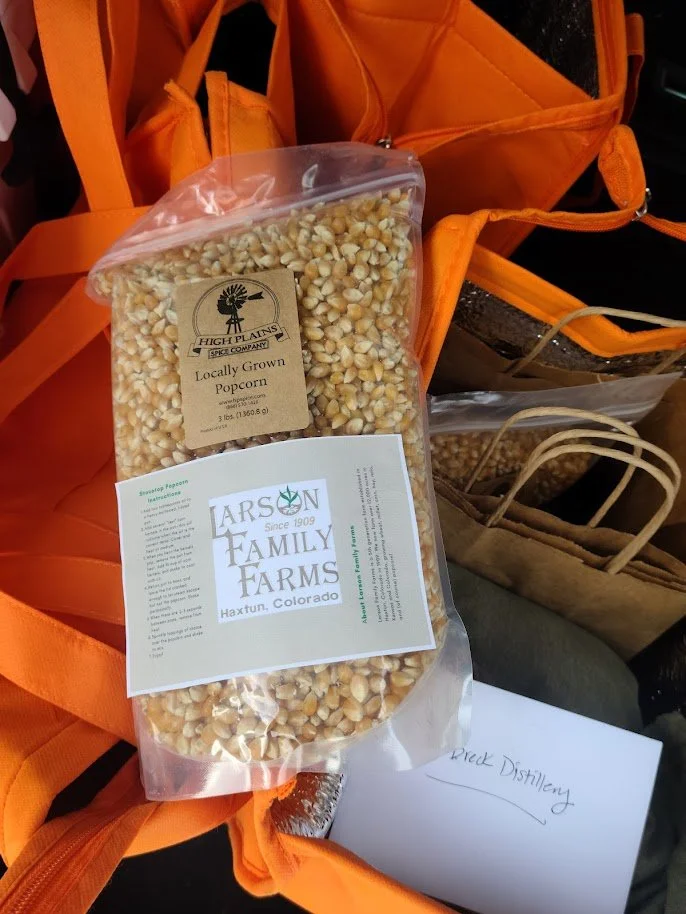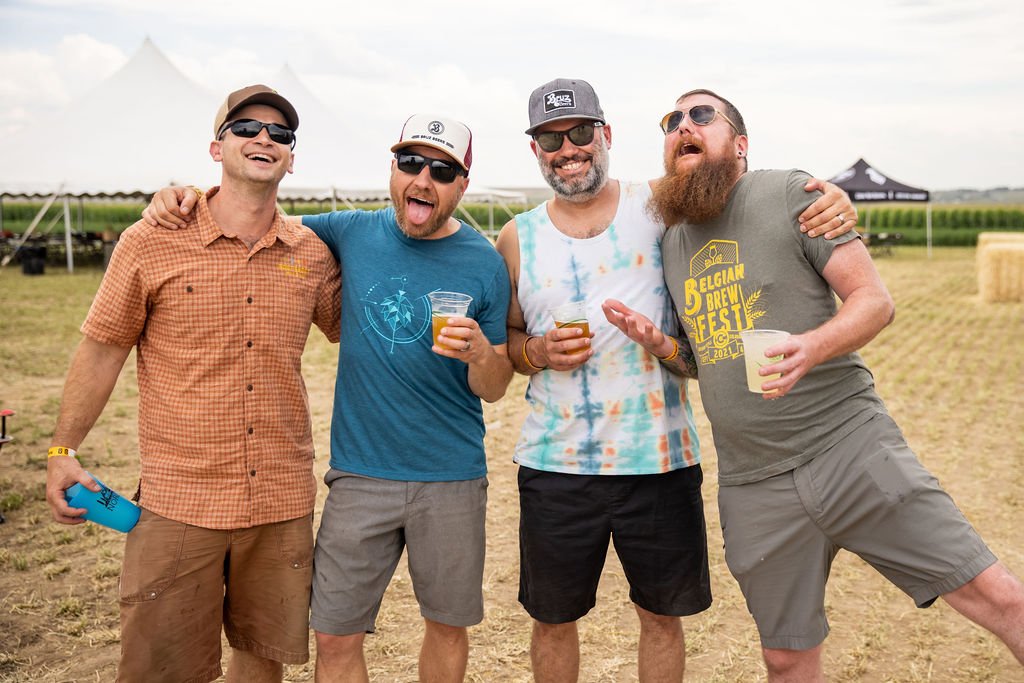Cranking out malt at full capacity!
Root Shoot Malting is finally at capacity! Building a malthouse is no small feat, and after six years of continual growth, 2022 marks the first time we will max out our infrastructure to make the most malt we can.
How much malt is that, you ask?
Our largest growth in malt this year has come from English Pale. We have moved almost 100% more than last year! English Pale is another one of our award-winning malts, so if you don’t have it in your mash tun, yet, give us a ring, and we’ll hook you up!
Outside of Genie and English Pale, we’re also showing growth in the majority of the rest of our malt and grains! As of November…
Next year, we anticipate upping our numbers even more, as we’ll be running at full capacity from January 1. It’s so exciting to see so many years of work paying off!
Award-winning malt, four years in a row:
In January, we won our 4th consecutive Malt Cup award with a Bronze Medal for our English Pale malt. This means we’ve medaled in every Malt Cup to date. Our 2022 English Pale Bronze medalist joins Genie Pale, the 2019 Gold and 2021 Bronze medalist, and our 2021 Bronze Medal for Light Munich!
We hope to continue our medaling trend next year! Malt samples have been shipped off for the 2023 competition coming next March.
Hittin’ those Homebrewers
This year, we’ve made excellent progress in making our malt more accessible to homebrewers!
We are thrilled to have worked out a partnership with Northern Brewer to make our malt available to homebrewers nationwide! Our partnership with Northern Brewer, also means we’re available in their sister companies, Adventures in Homebrewing, Austin Homebrew Supply, and Midwest Supplies.
Locally, we also added our malt to Black and Blues Music and Brews, and Quirky Homebrew Supply who joined the amazing crew of homebrew shops that have carried our malt for years: The Brew Hut, Altitude Homebrew Supply, Boulder Fermentation Supply, and The Bald Brewer!
Growing Our Community
In addition to expanding our homebrewing options, we’re pleased to have added more members to our Craft Malt Certified community! A warm welcome to Green Mountain Beer Company, Sunroom Brewing, Public Offering Brewing Company, and, of course, the Boulder favorite Upslope Brewing! These companies (along with all of our Craft Malt Certified businesses) have signed up and committed to making a difference in their local economies with grain-to-glass support!
Root Shoot Rendezvous-ing
As we settle into our groove at full capacity, we’re backed by a talented team of folks who truly have Root Shoot’s best interest at heart. We believe that good employees are a company’s most valuable asset and we’re working hard to invest in our employees as much as they are invested in us. This year, we hosted our first “Root Shoot Rendezvous,” spending a weekend in Winter Park as a team. Our main goal: craft a formal Mission and Vision for our company and back it with a short list of our most core values.
We’re pleased to share that after much thoughtful discussion, and several working drafts, we have finally developed a Mission, Vision, and a guiding set of Core Values that will drive all decisions our company makes moving forward. We’ll be kicking off the new year next month by sharing these with you!
Next year, we’re upping the Root Shoot Rendezvous game.
In February, we’ll be taking our entire staff to Germany for a week of continuing education. We’ll be touring Kaspar Schulz, the manufacturer of our world-class malting drums, we’ll visit the legendary Weyermann Specialty Malts and get to do a brew day with them. We’ll venture out to hop farms, explore biergartens and breweries, and dive headfirst into the amazing history and culture that is the German beer scene.
Feeling the Love
Every month, we have business partners and community members who come to tour the malthouse. We have folks inquiring as to how our push to conserve farmland is progressing. Breweries leave us boxes of beer at the malthouse door, and distilleries send us bottles of spirits from as far away as Texas (thanks, Bendt!)
We’ve said it many times before, and we’ll say it many times again: you, our Root Shoot community is the reason that we do what we do. You keep us learning, keep us improving, you’re our best cheerleaders, and our biggest supporters. So as we wrap up 2022 we are, and always will be…
…grateful for you.
Wishing you the happiest of holiday seasons,
-–Root Shoot Malting
